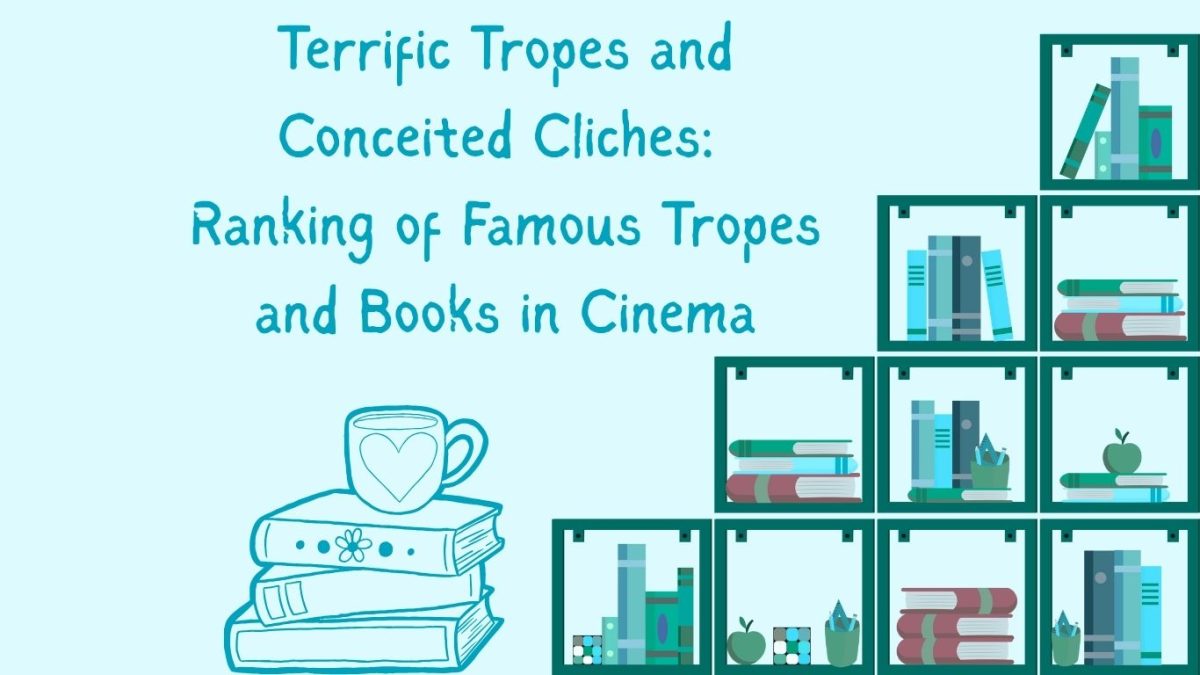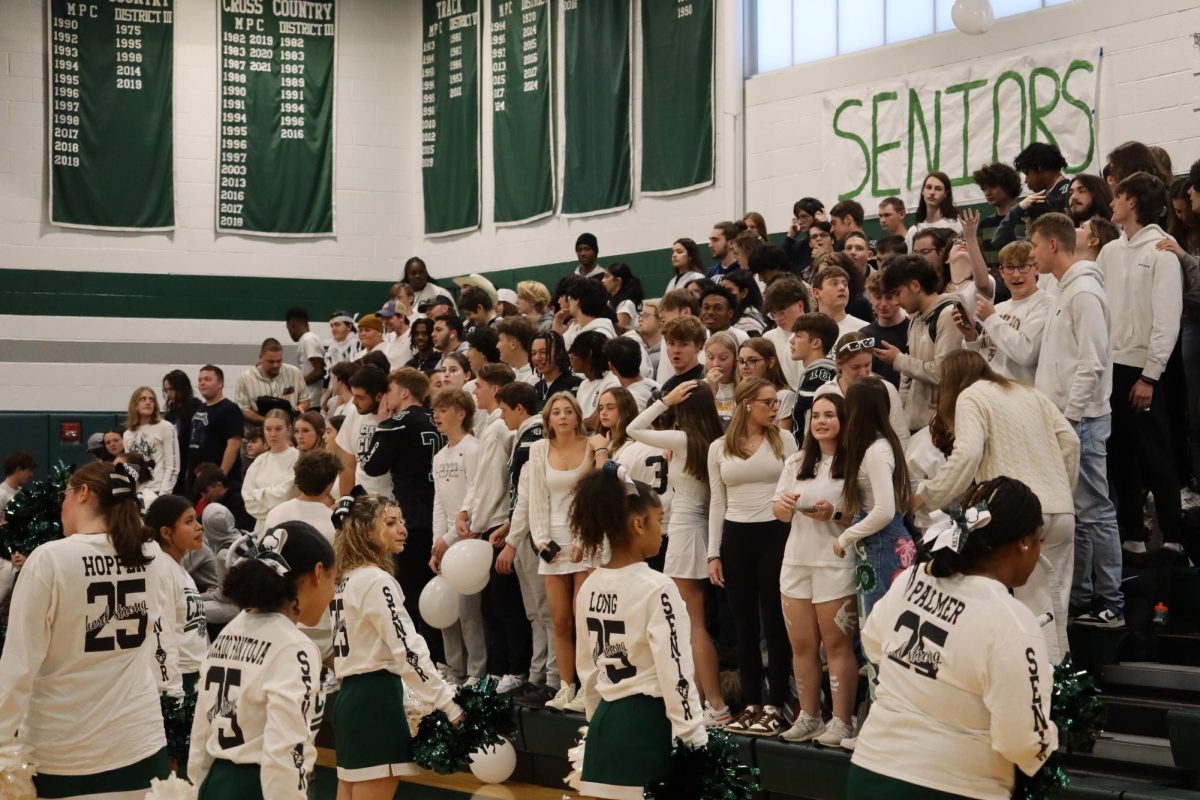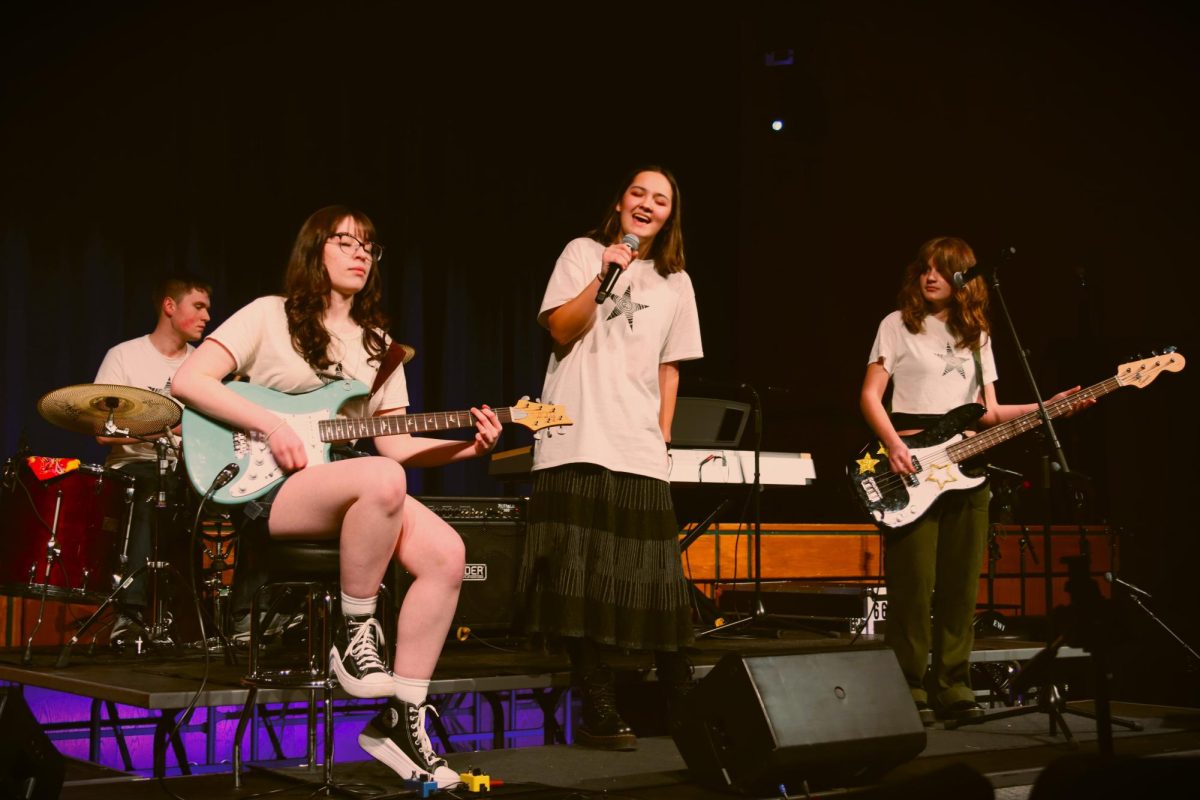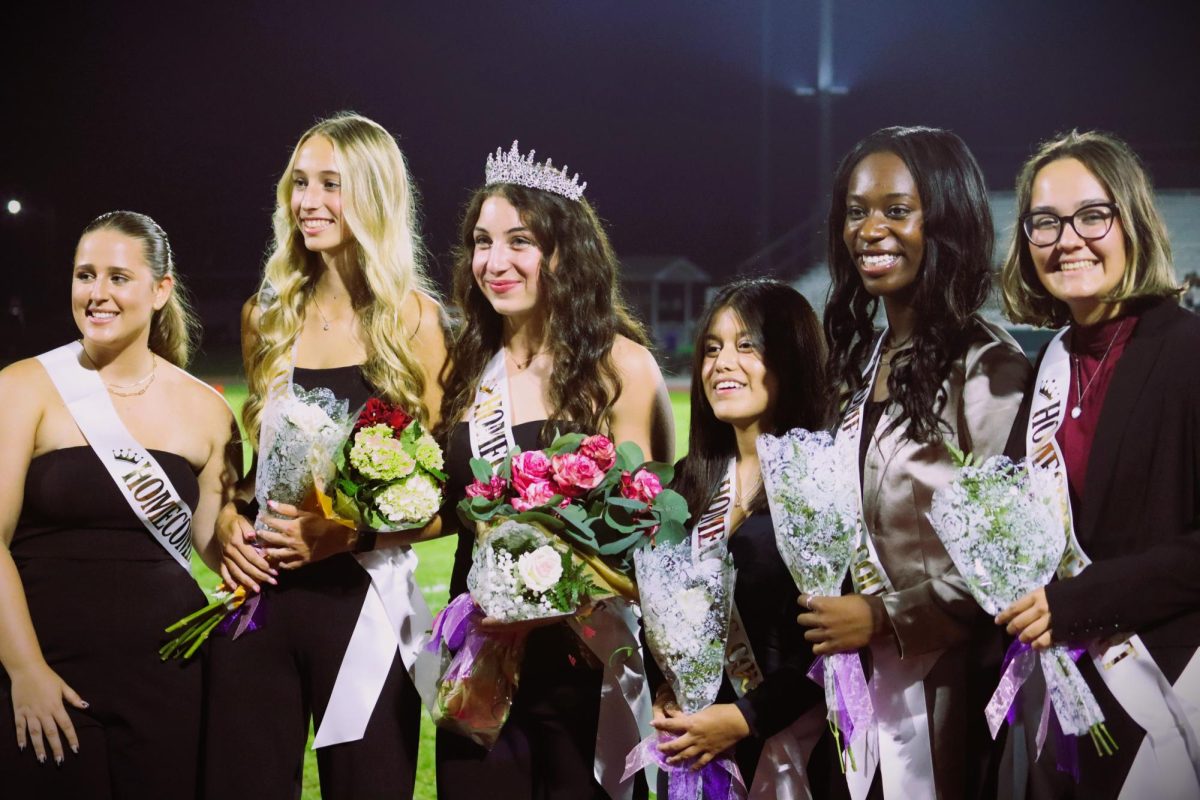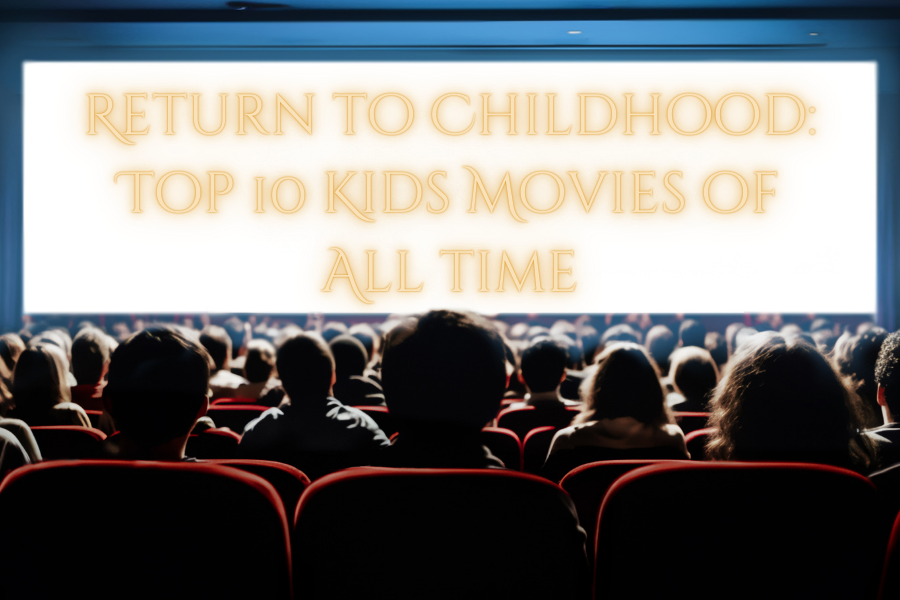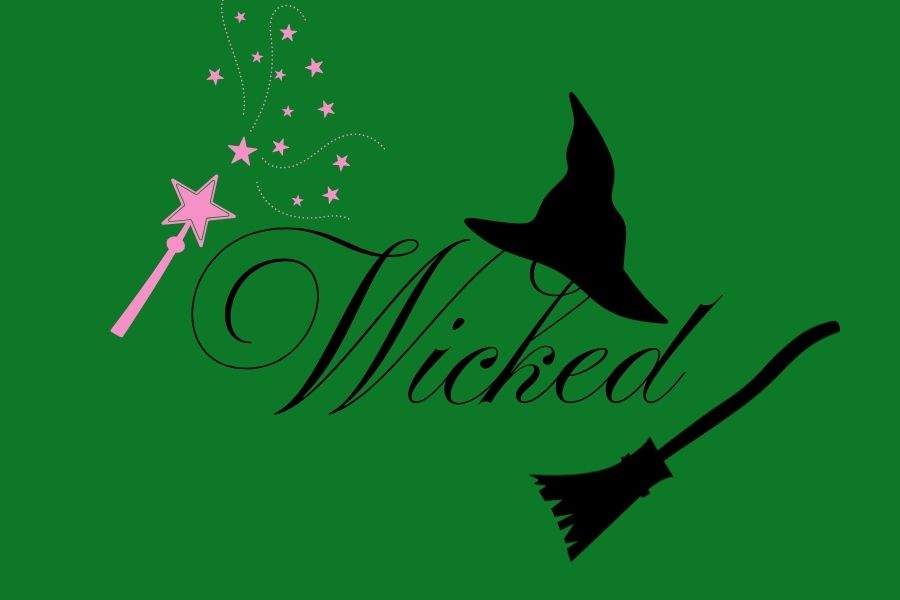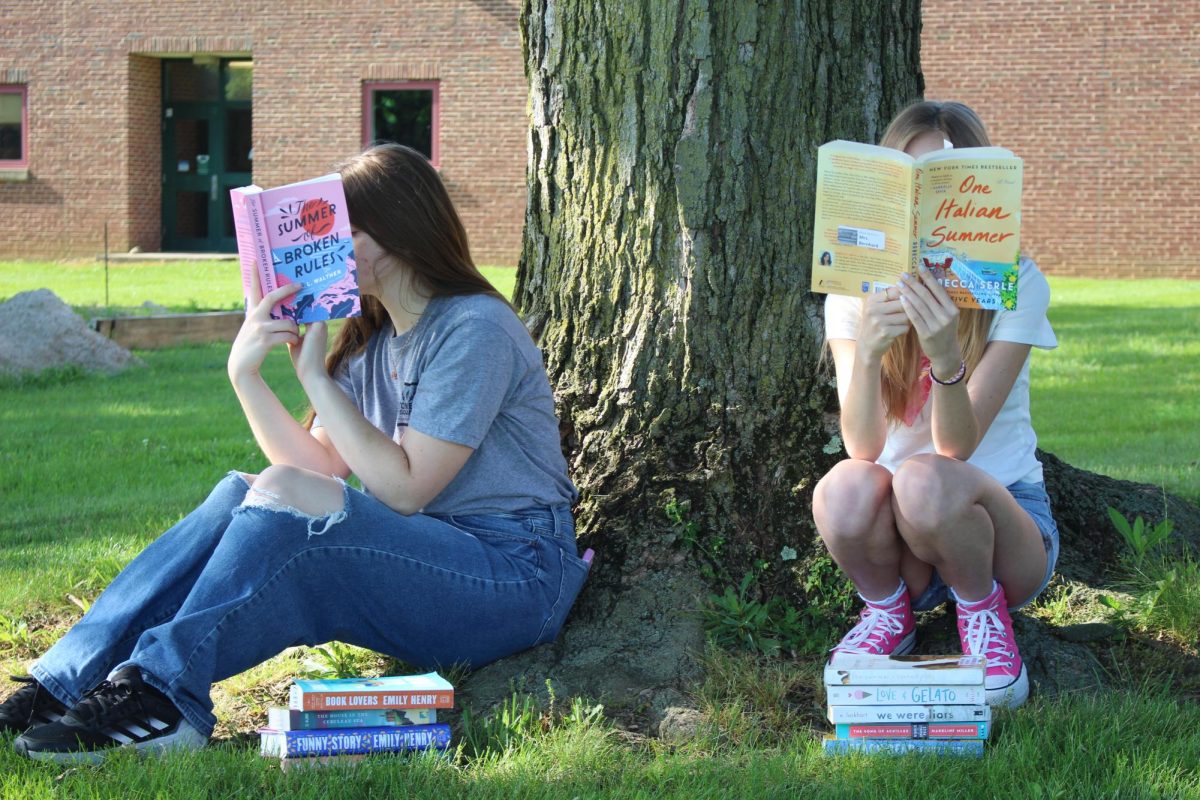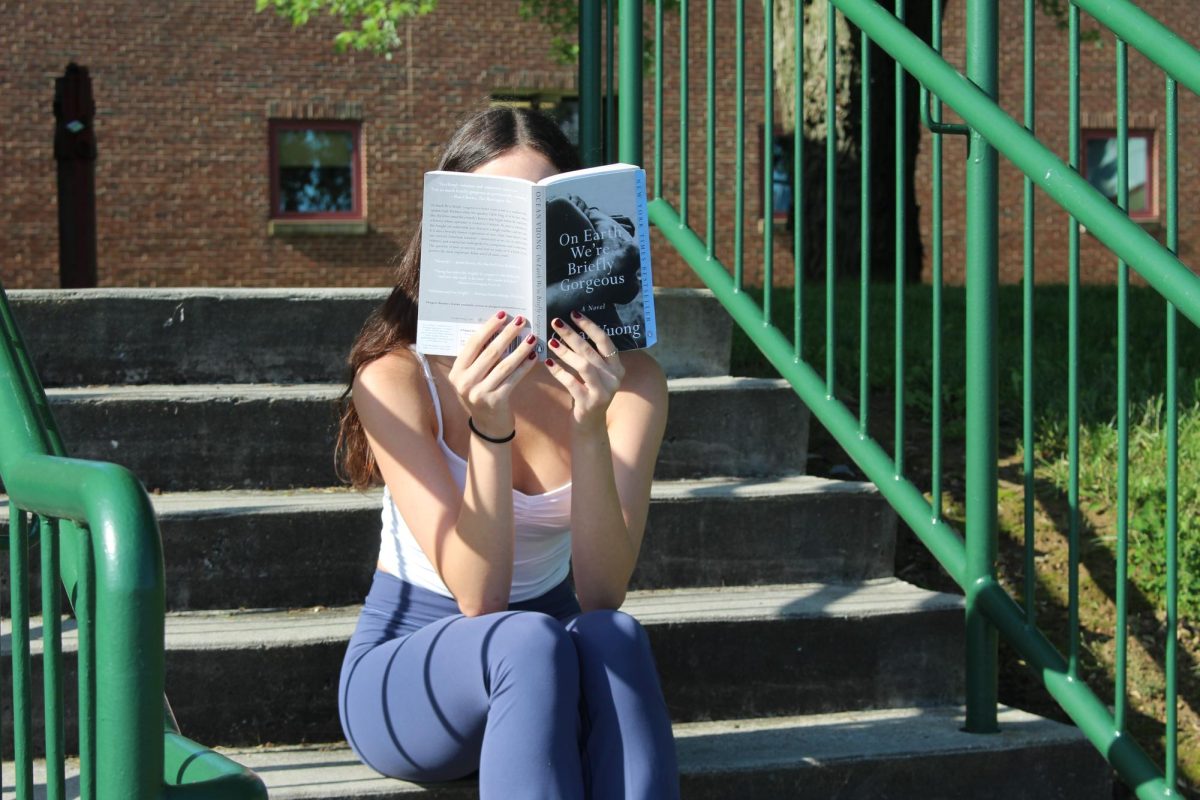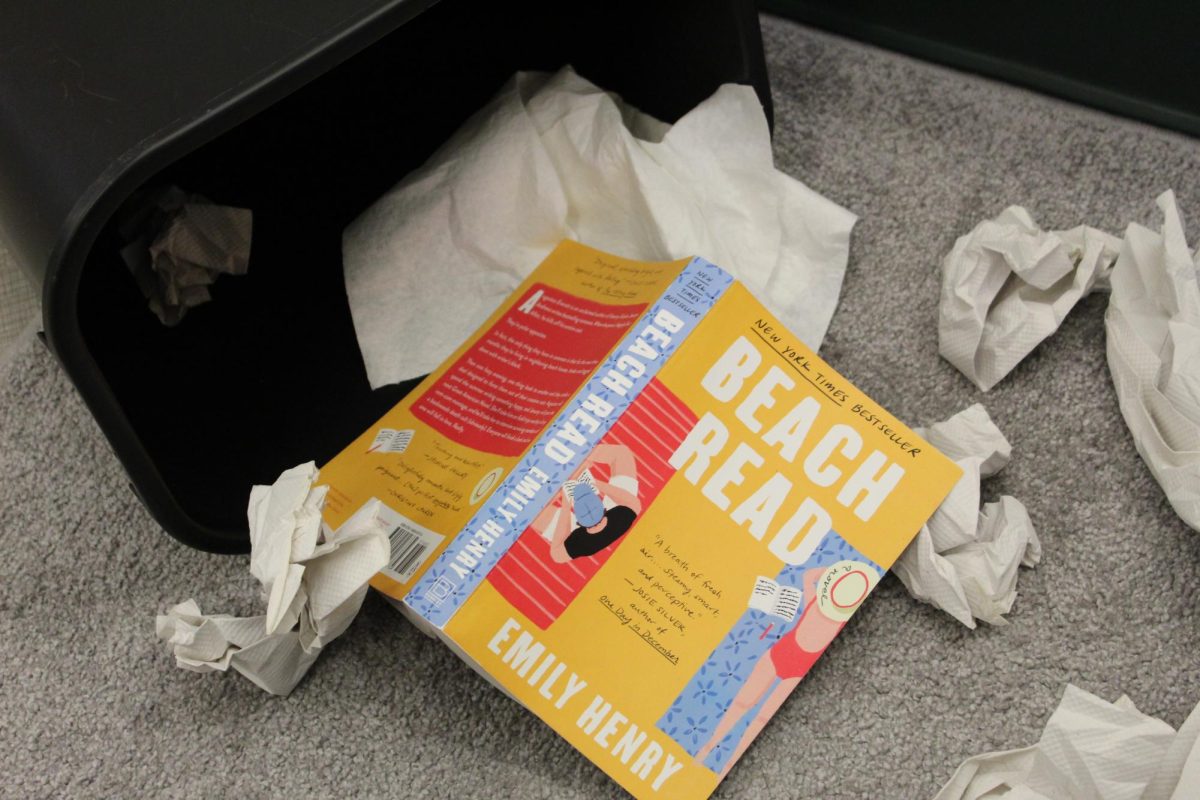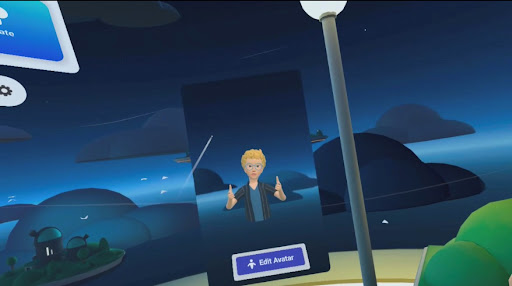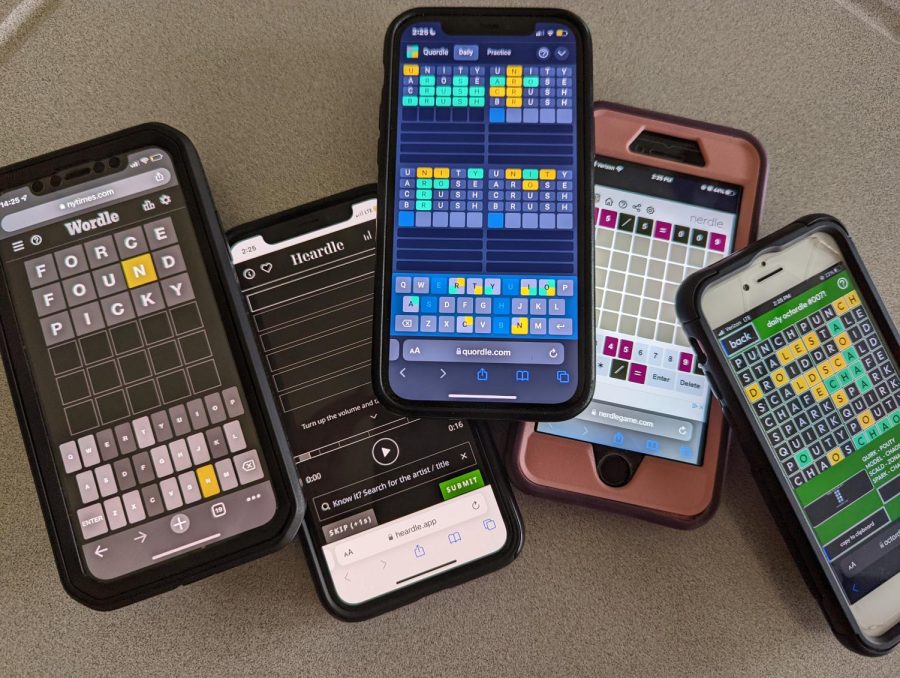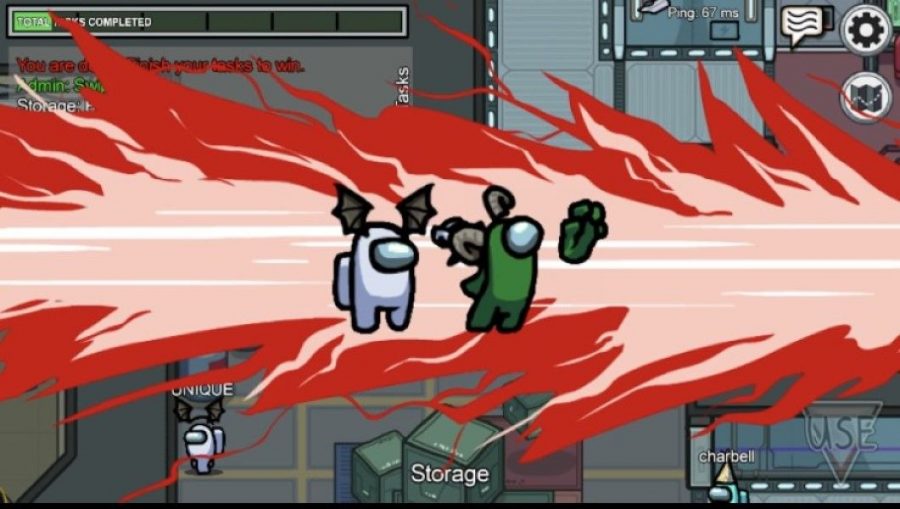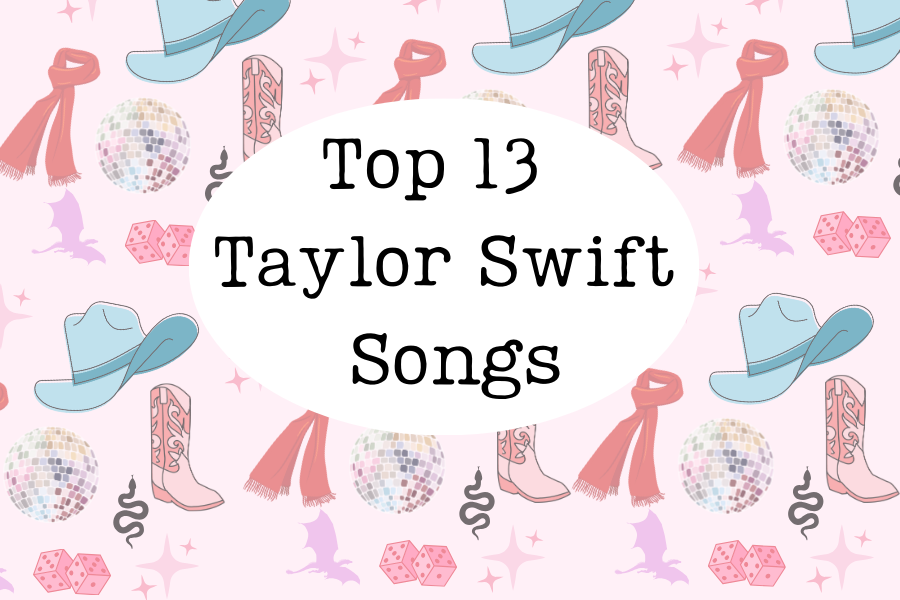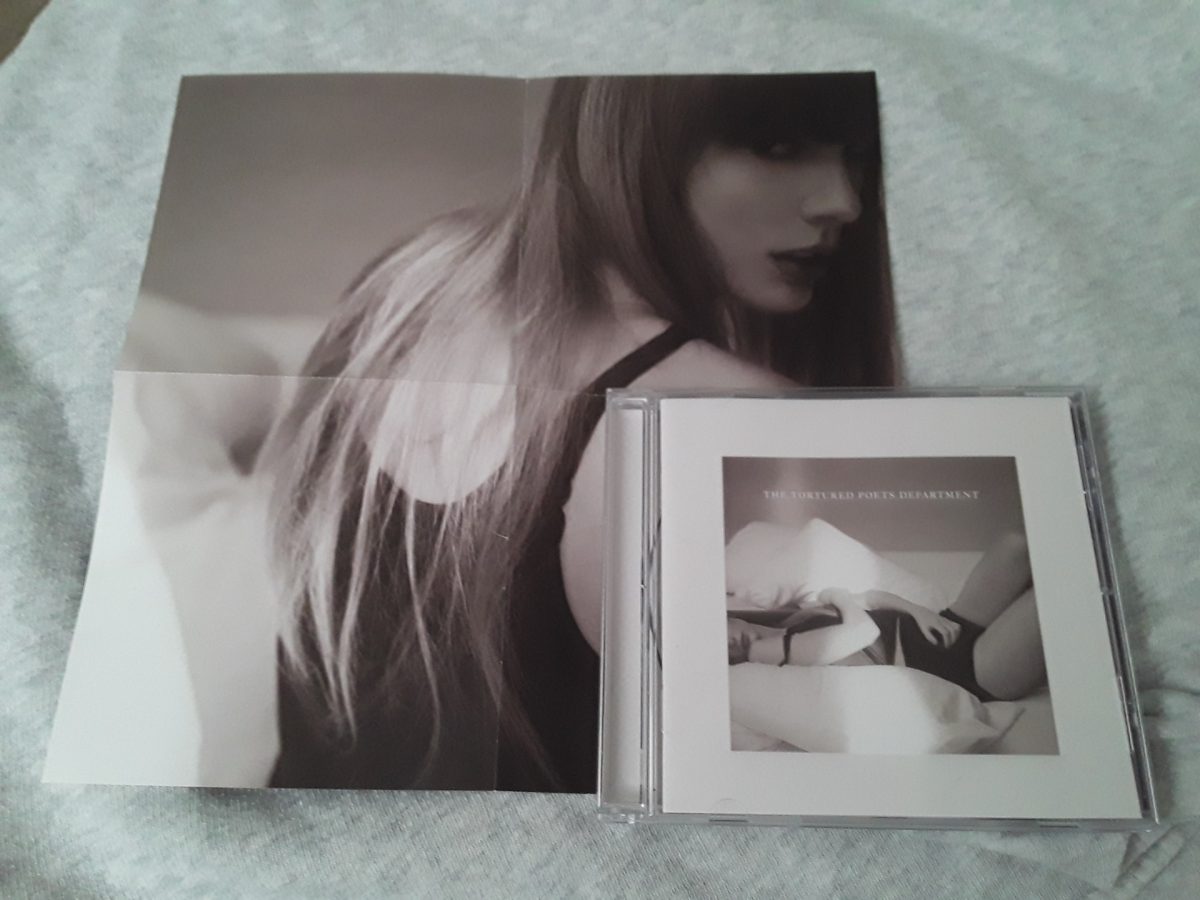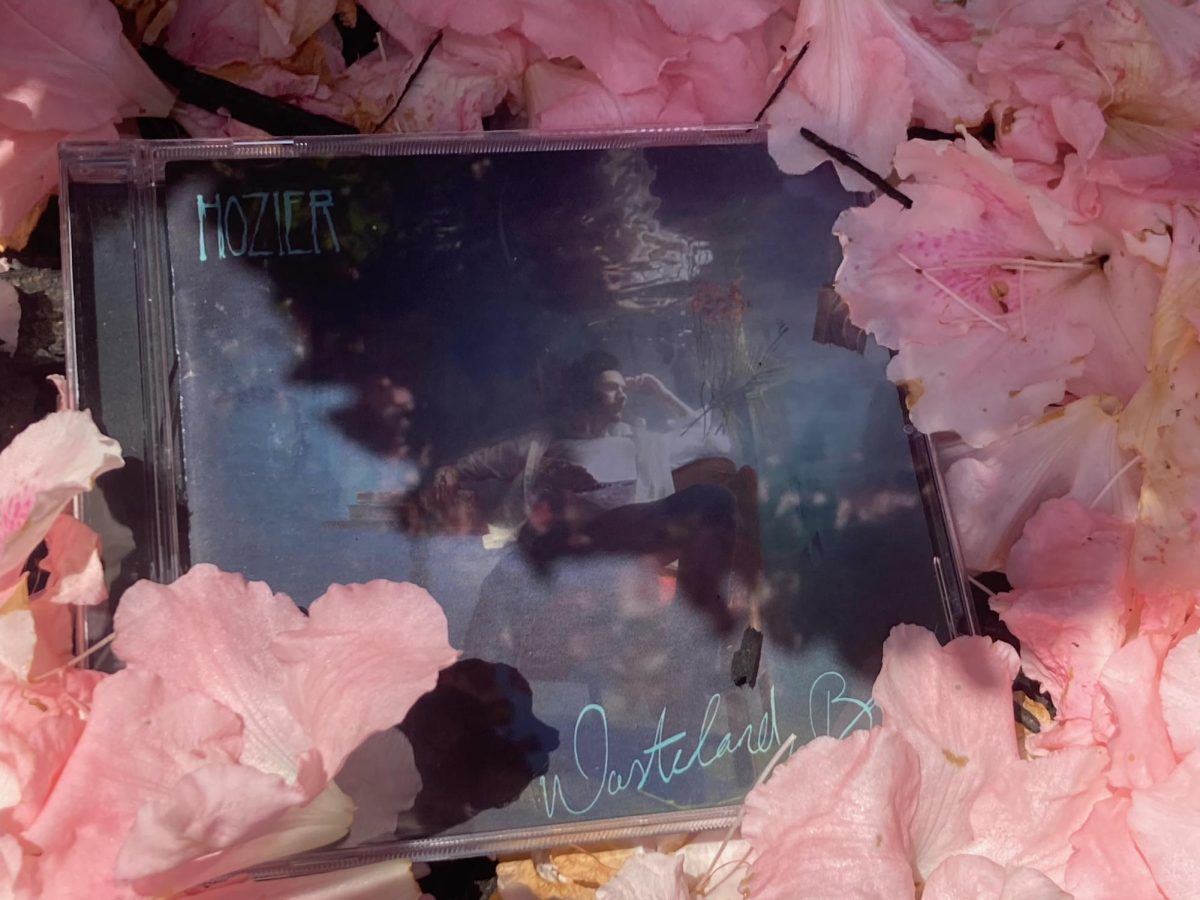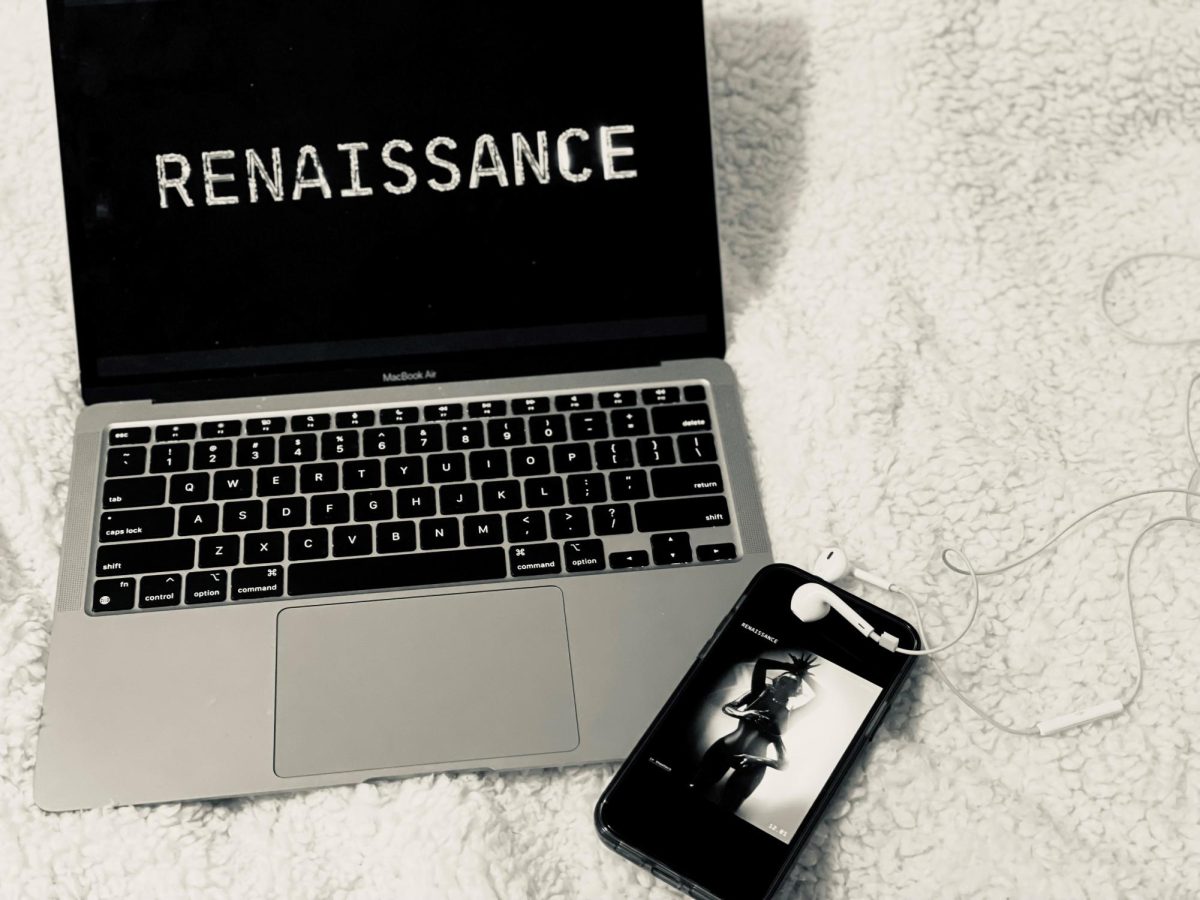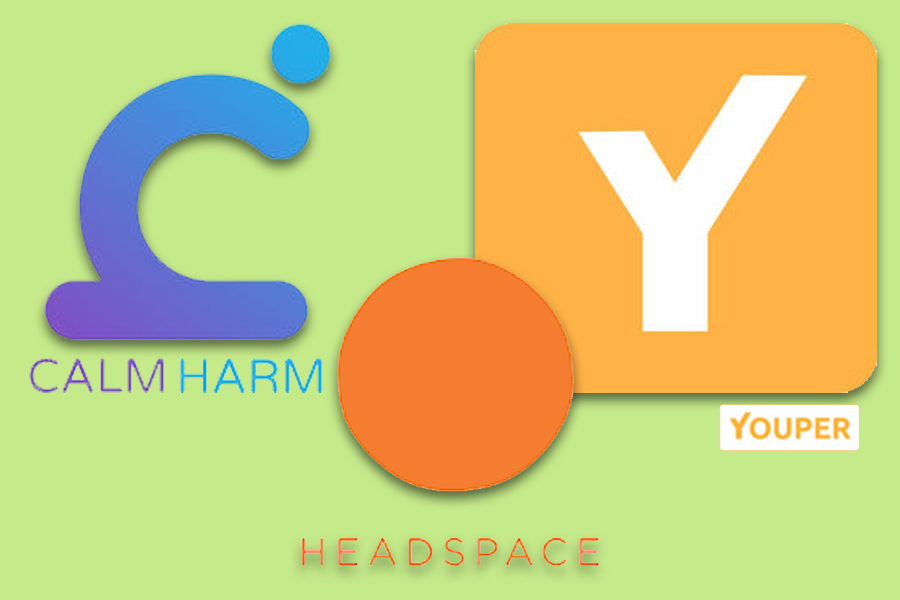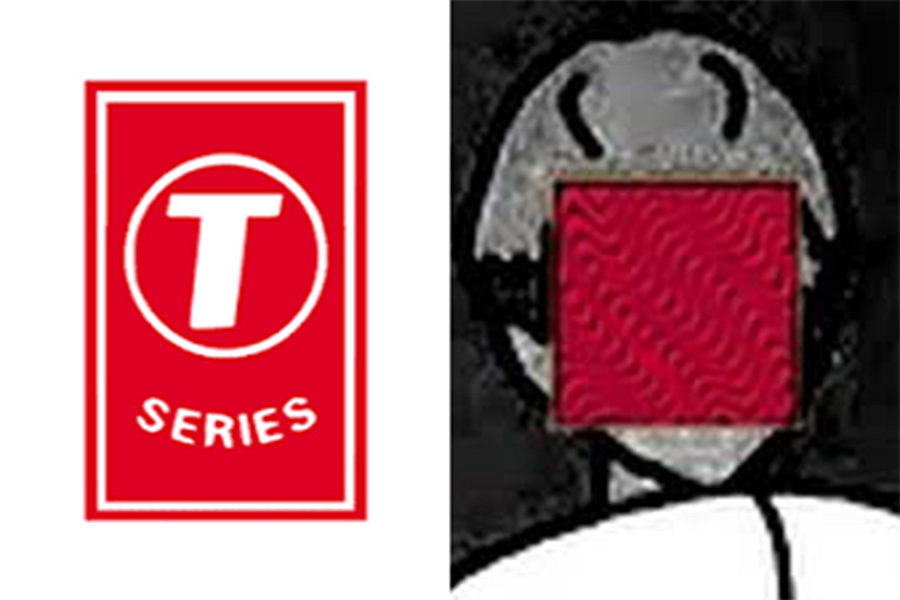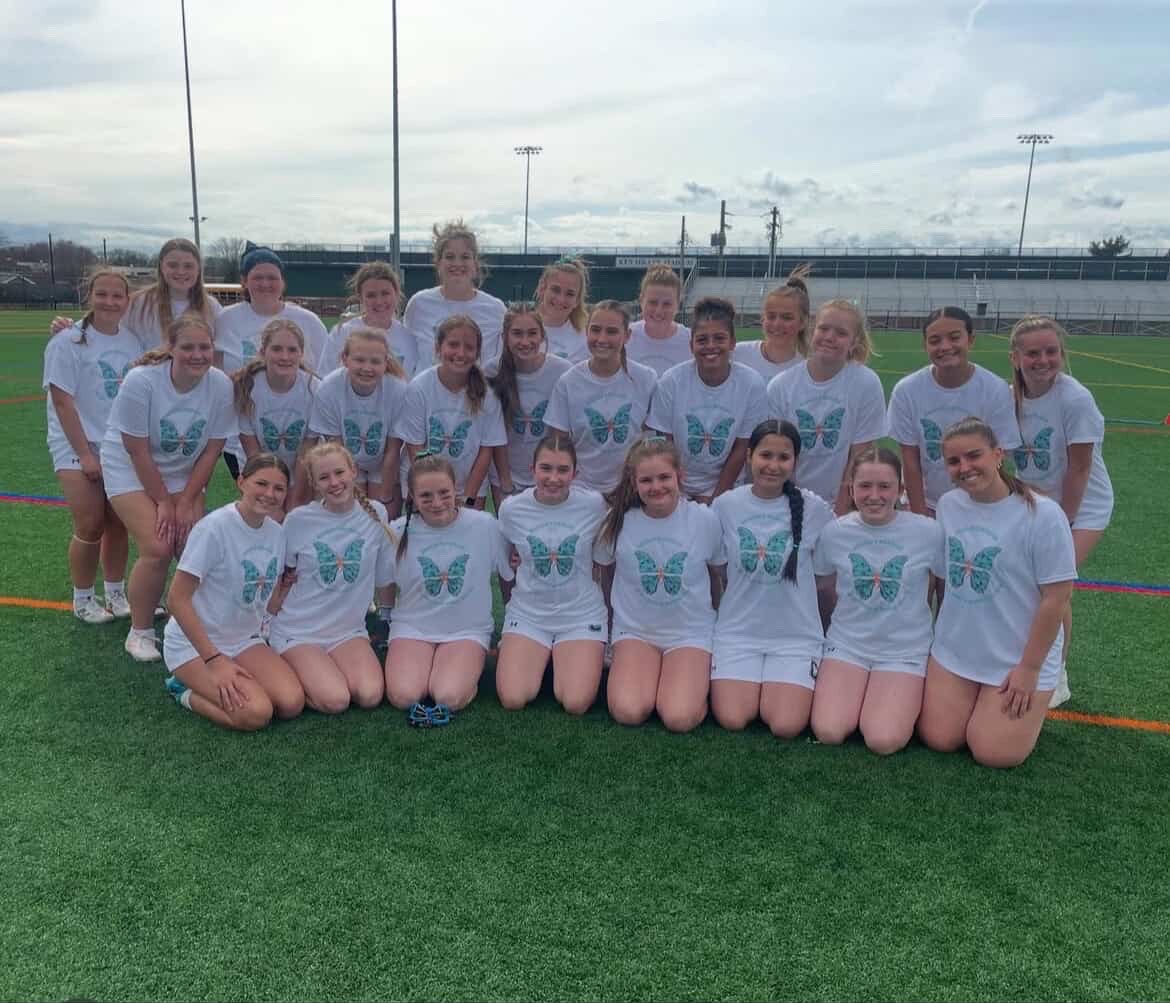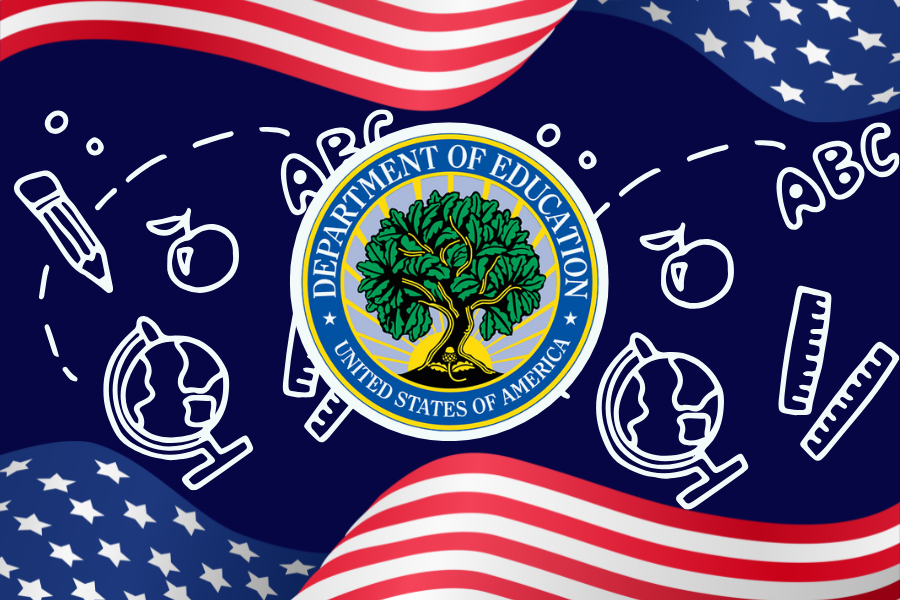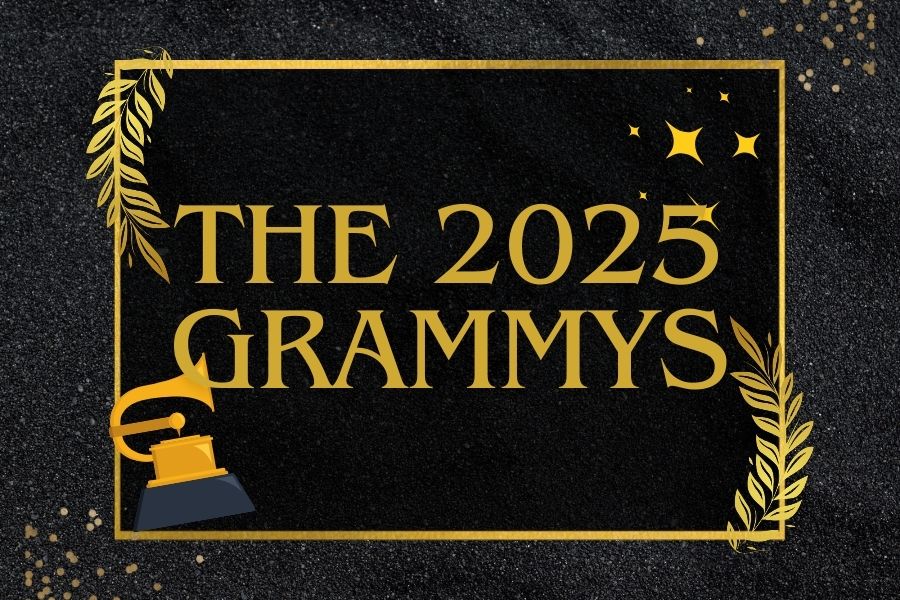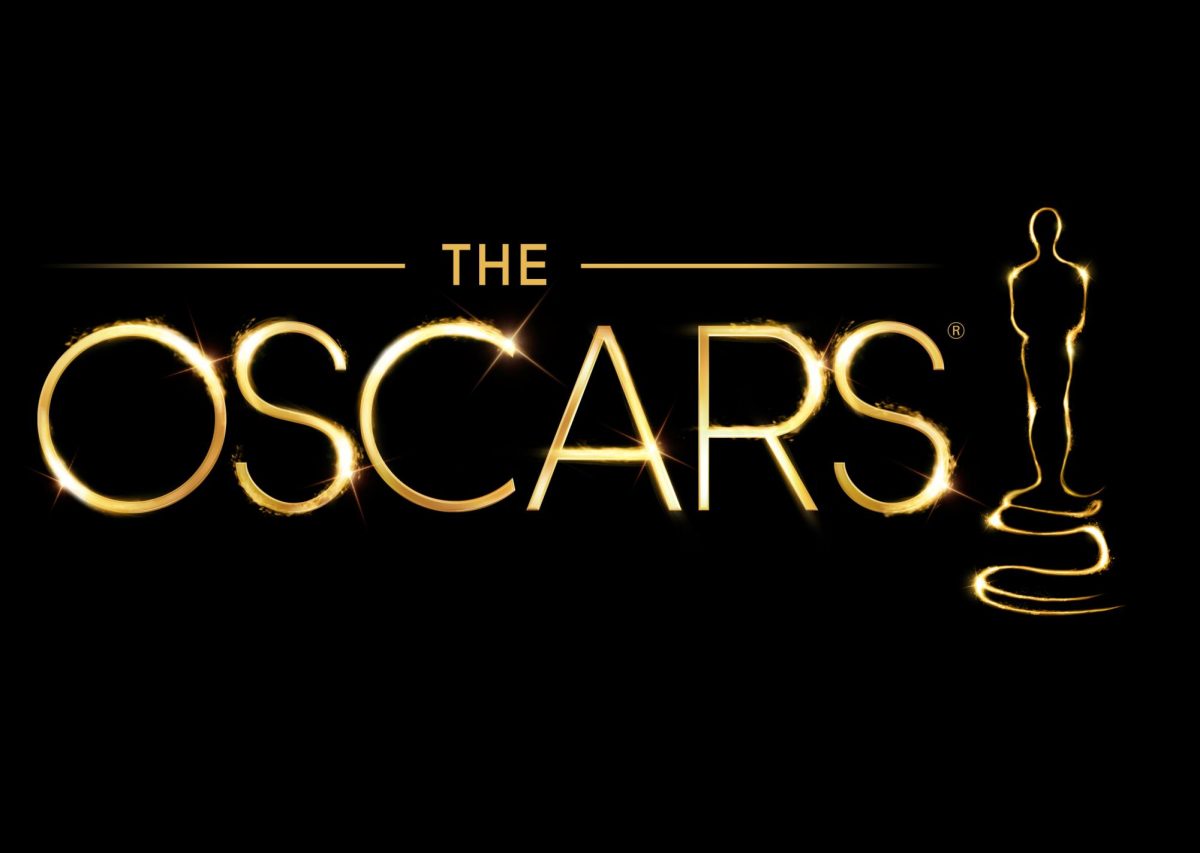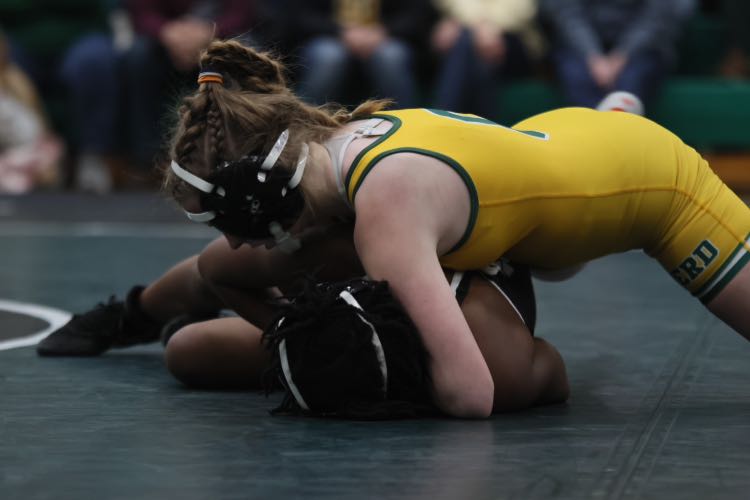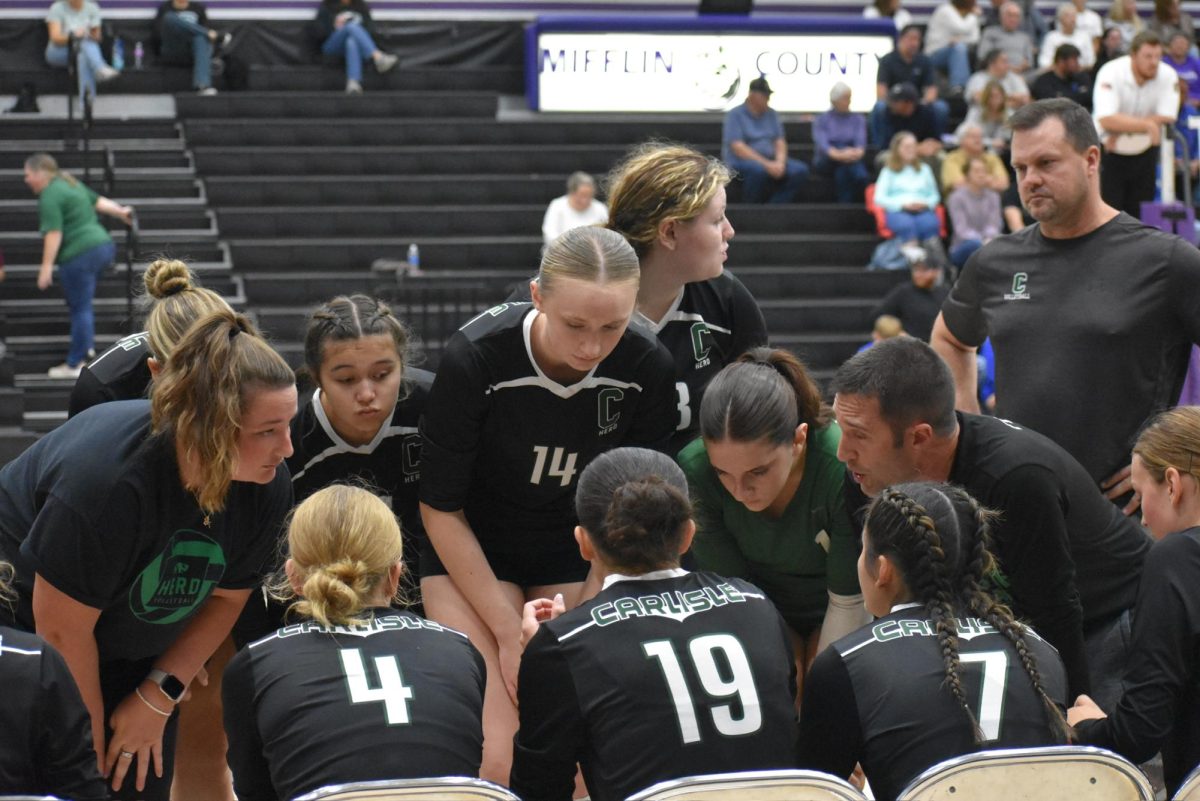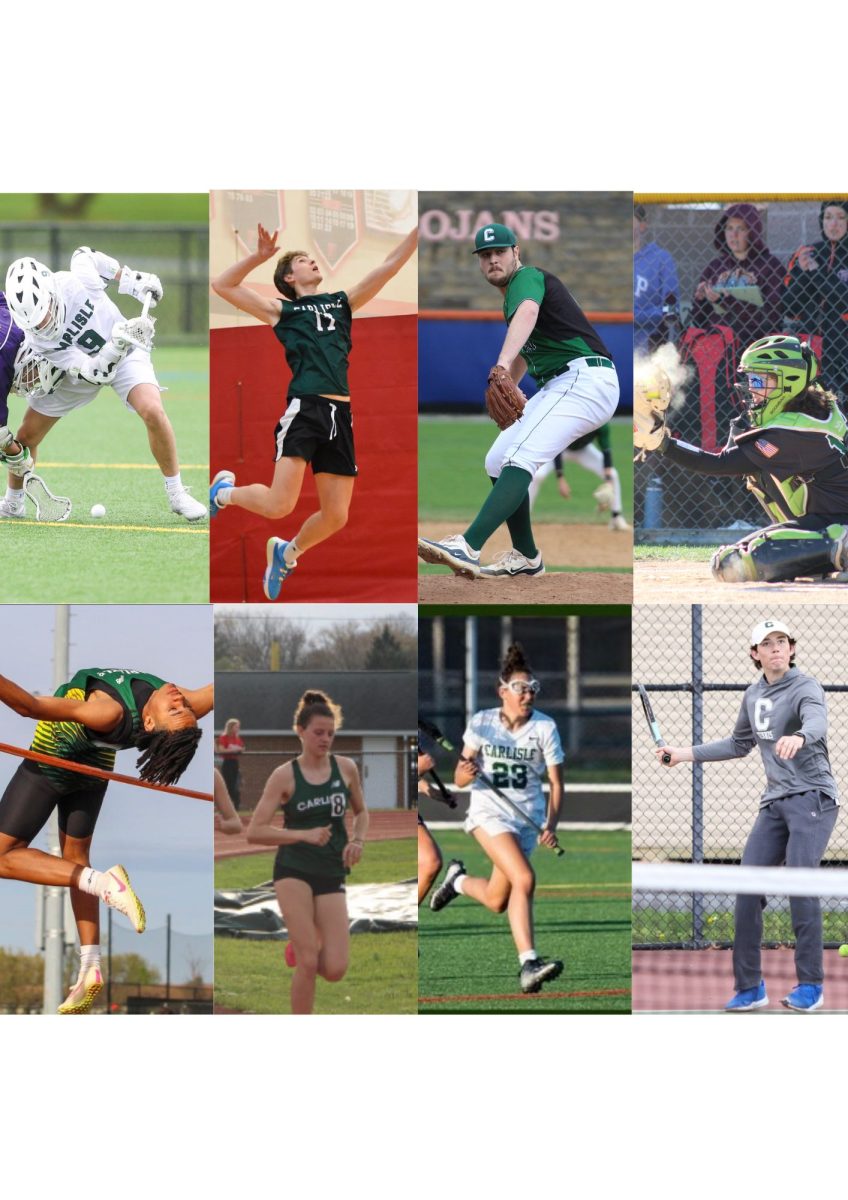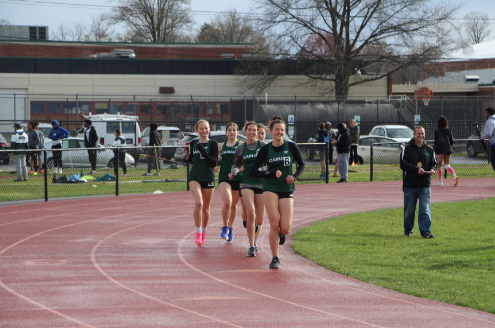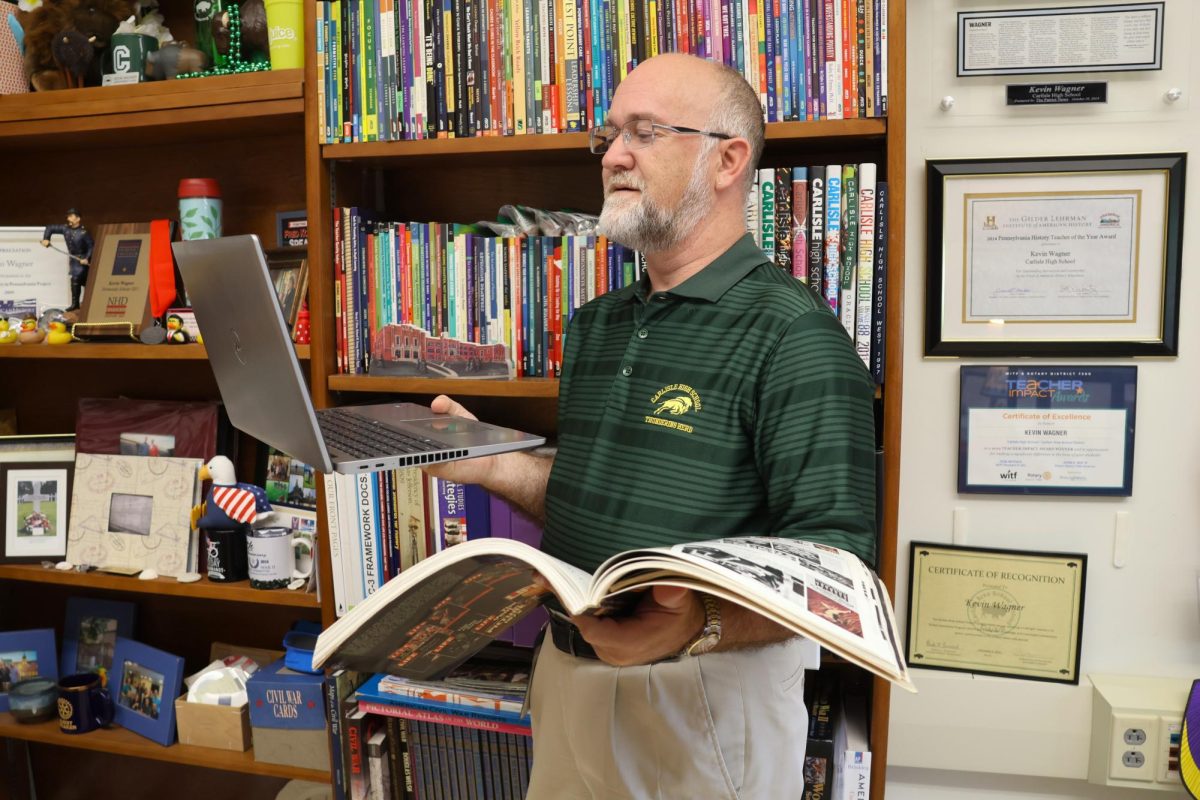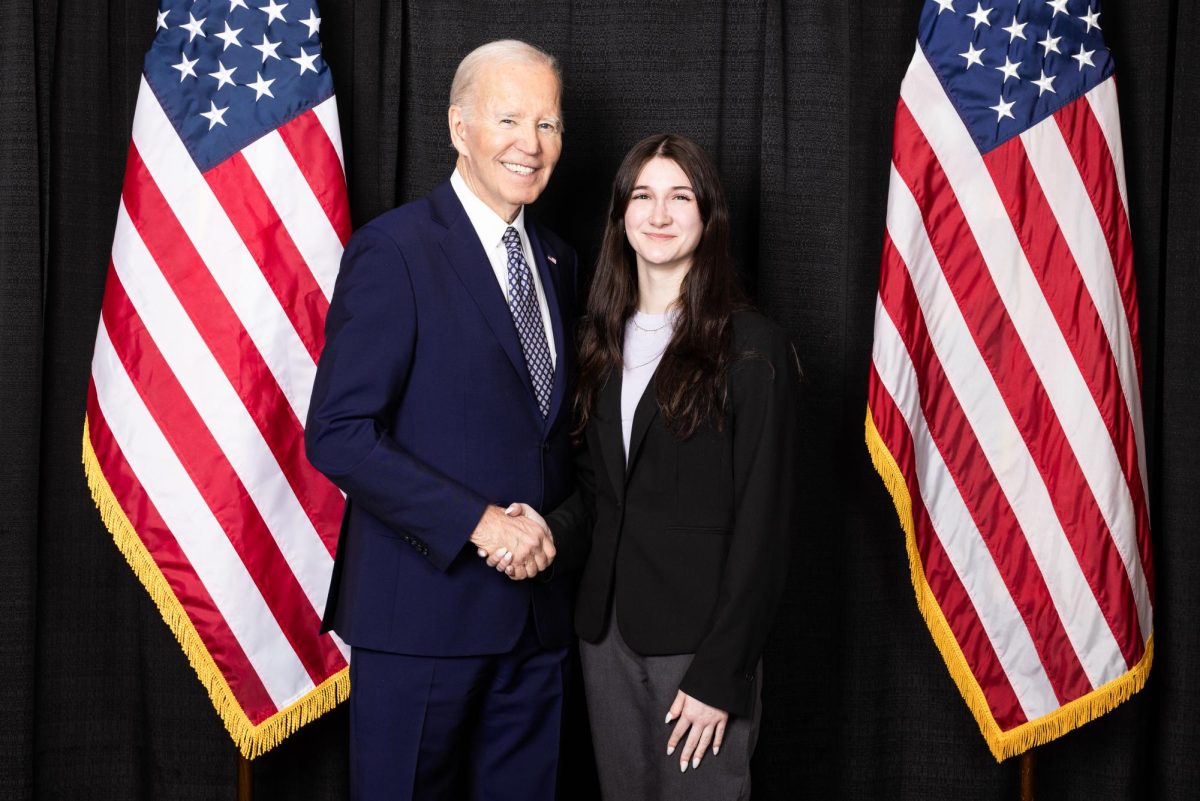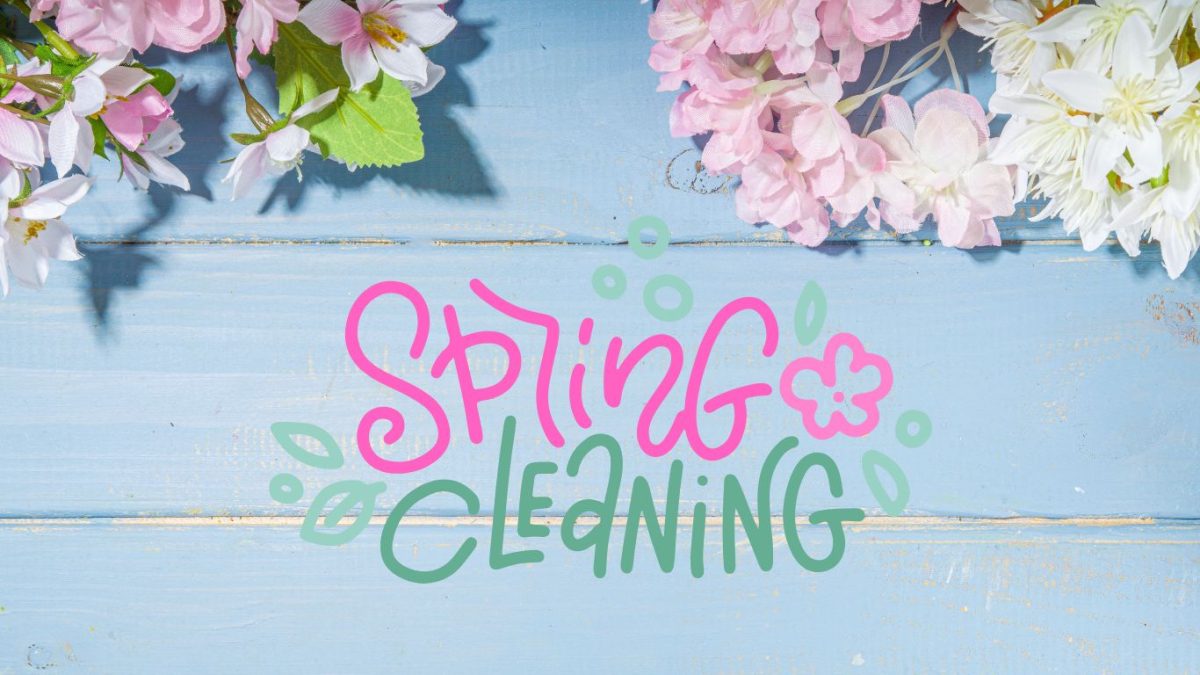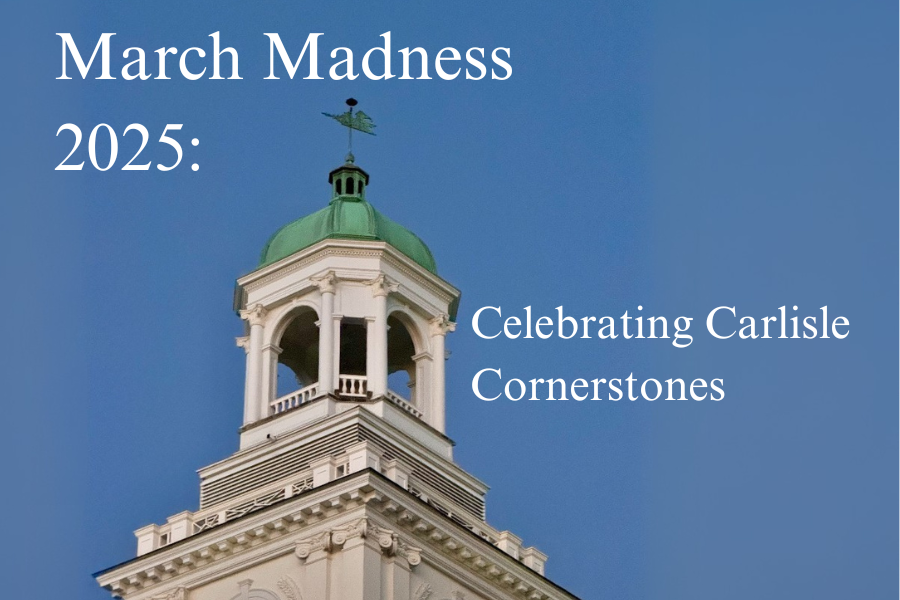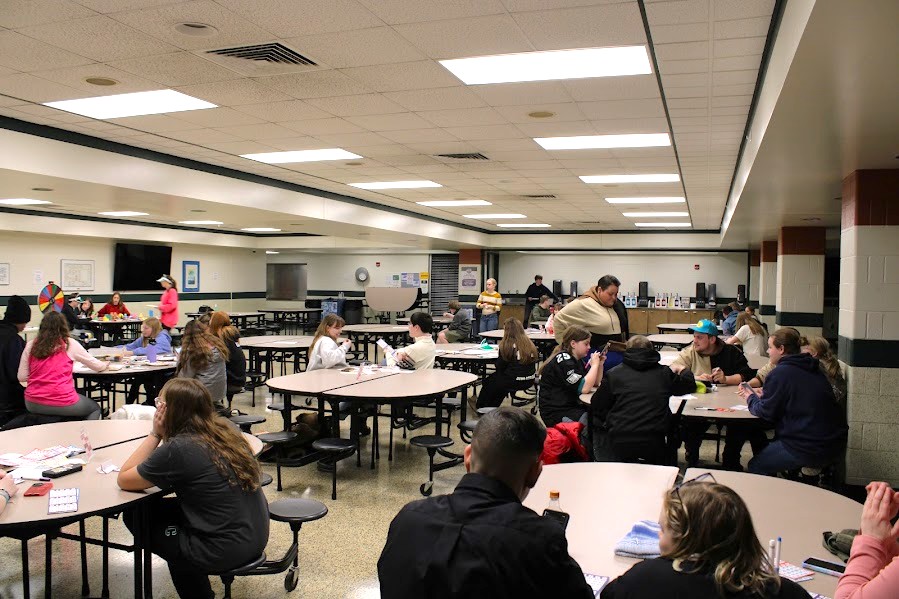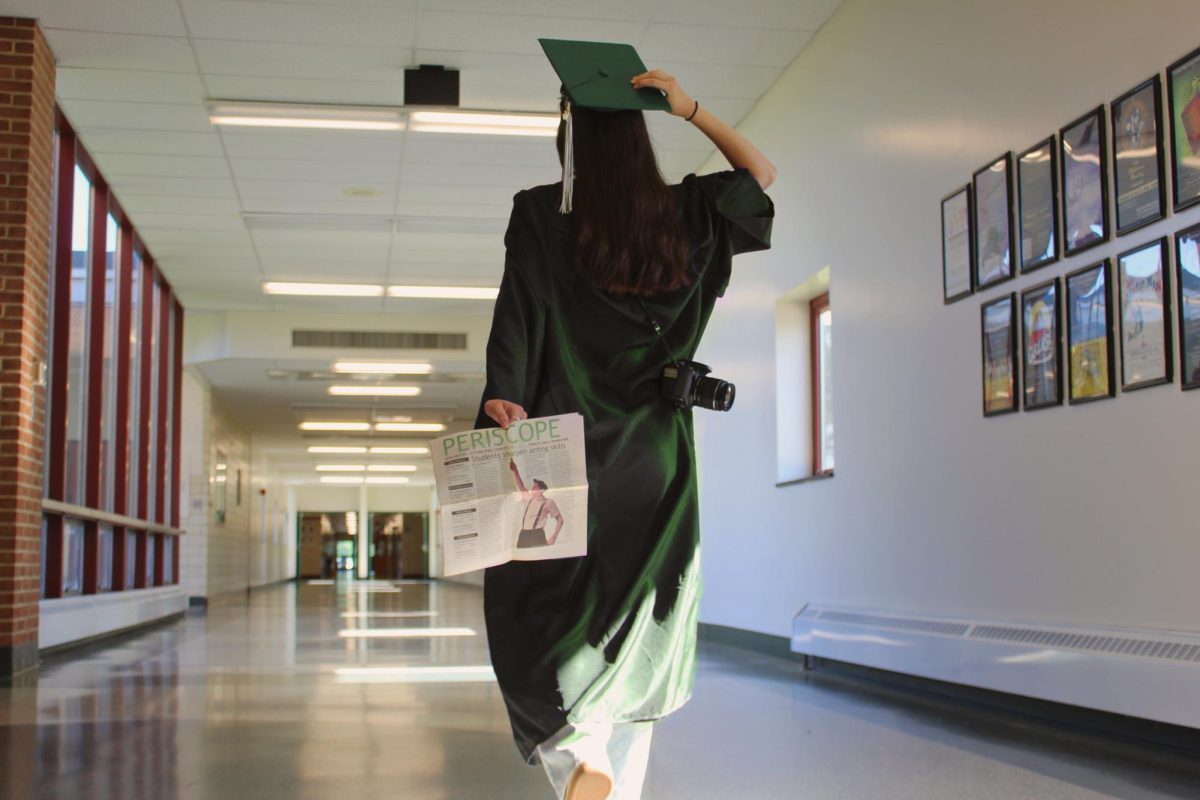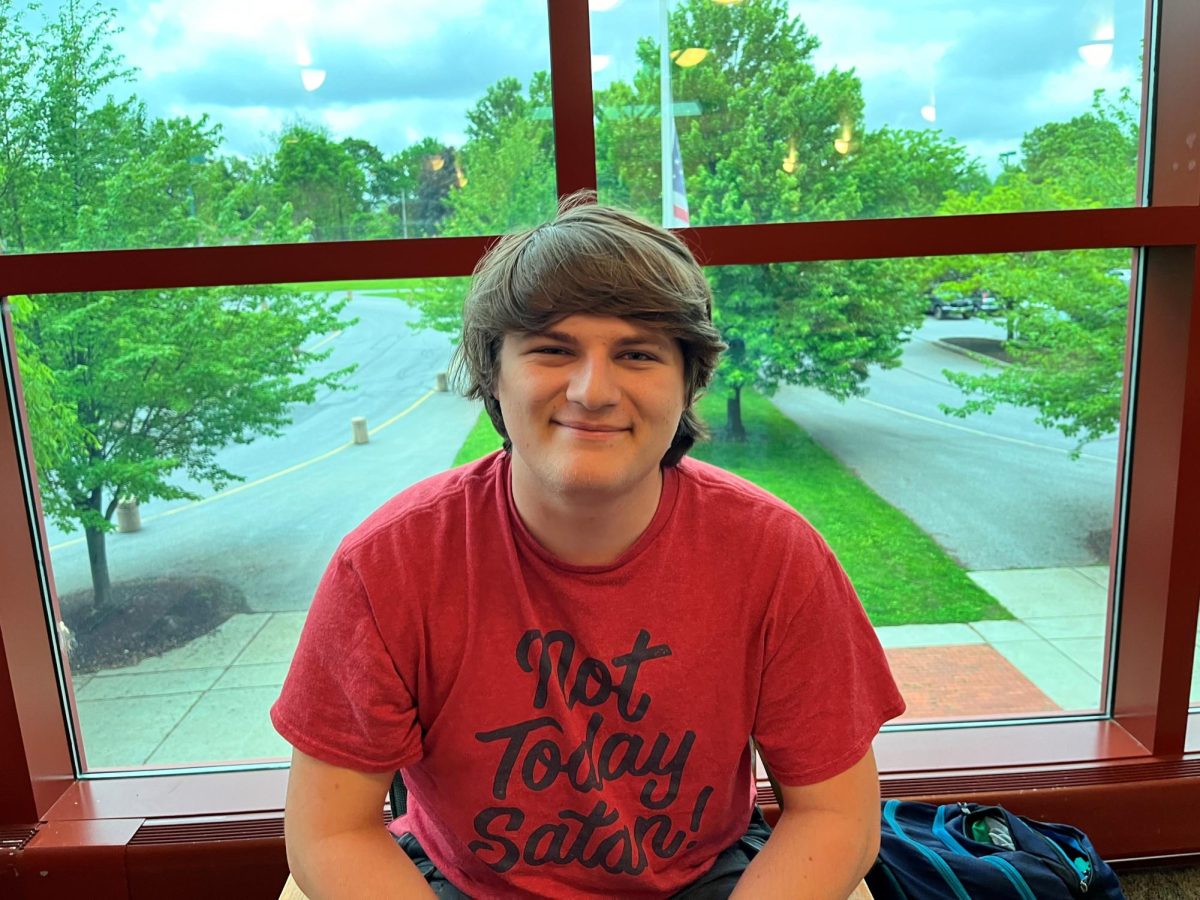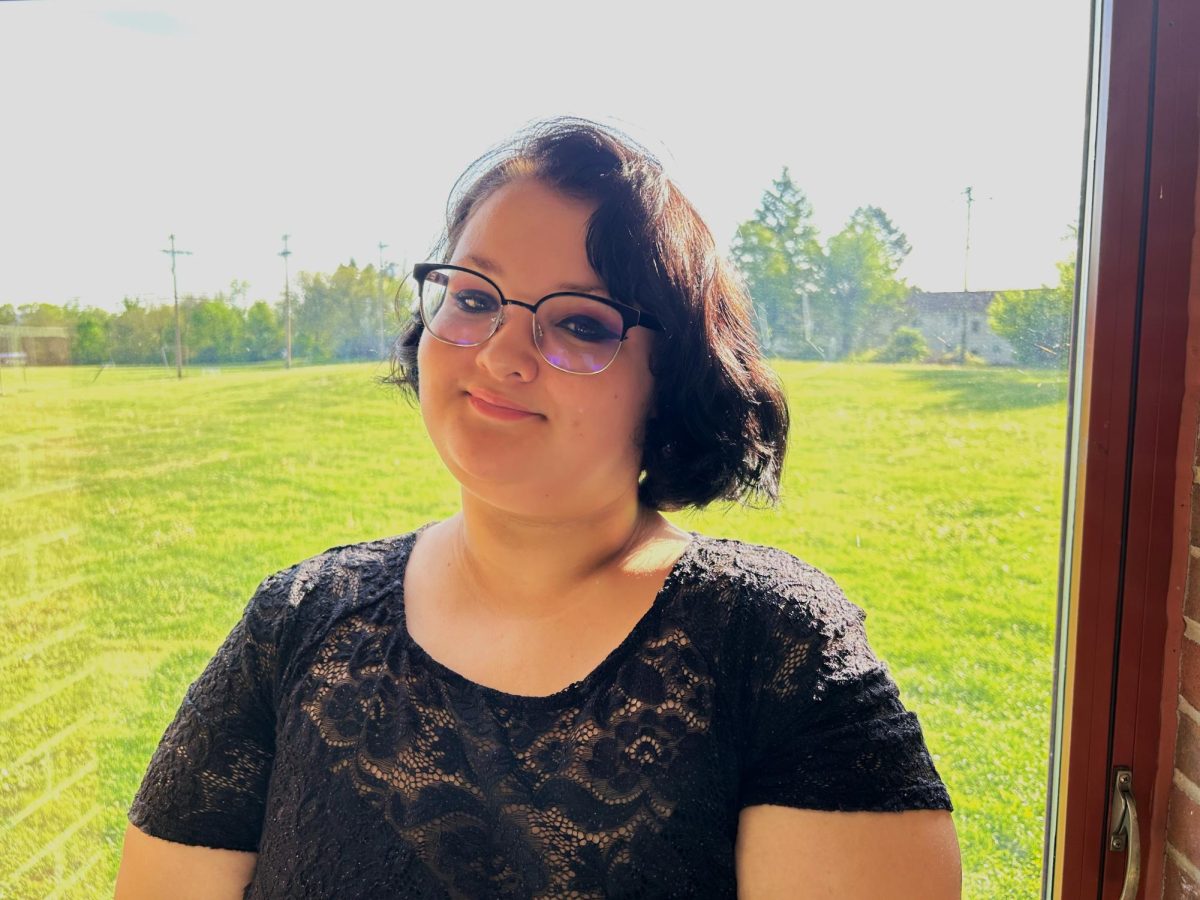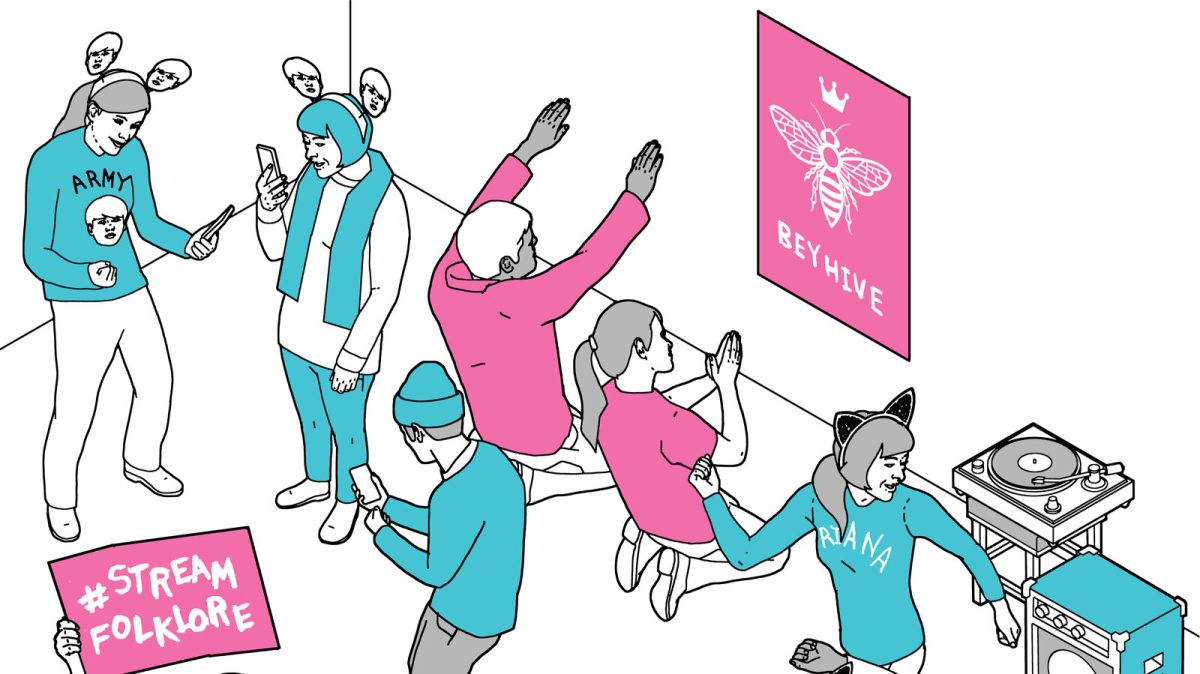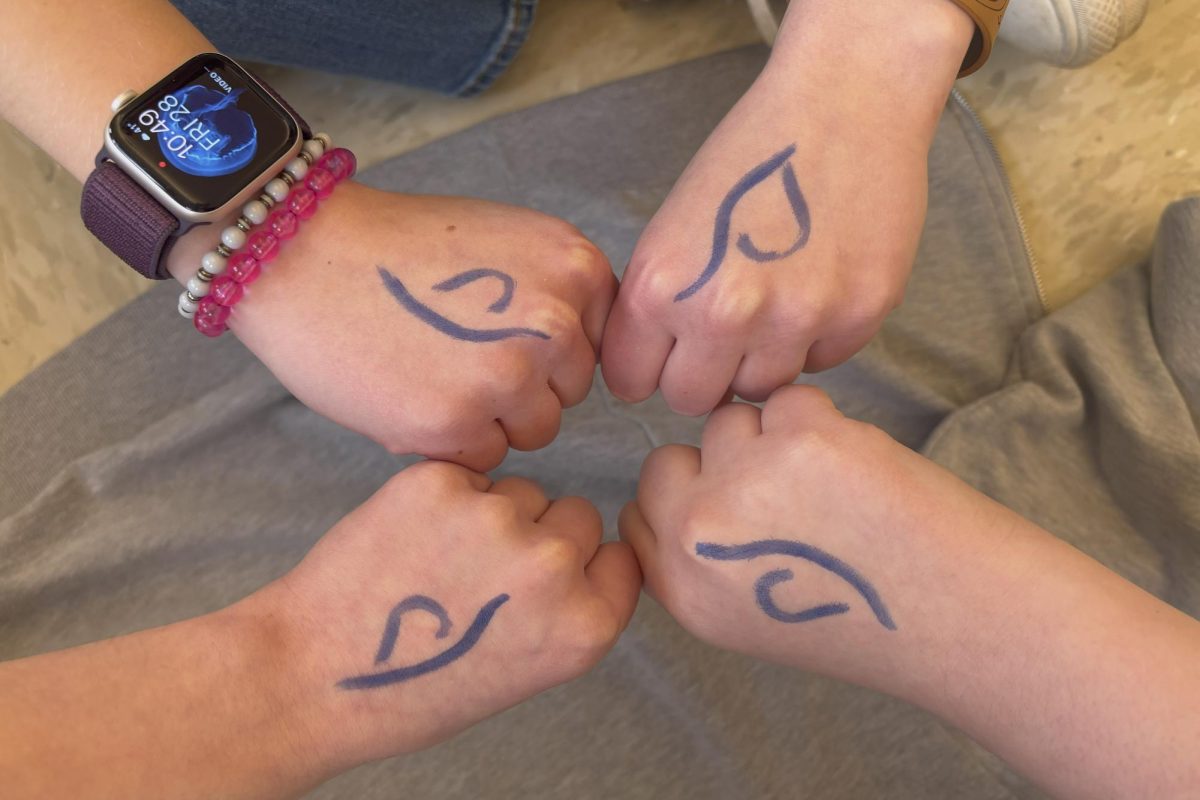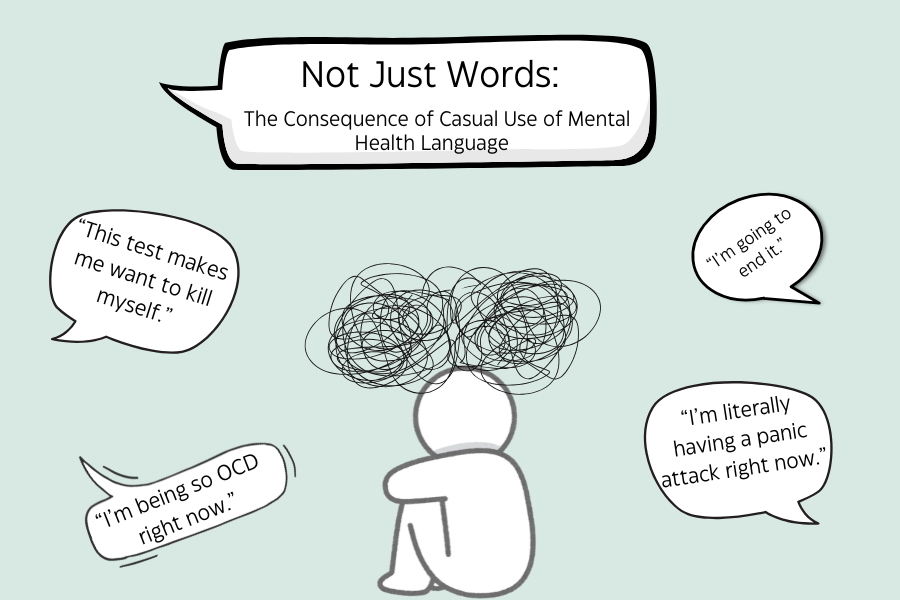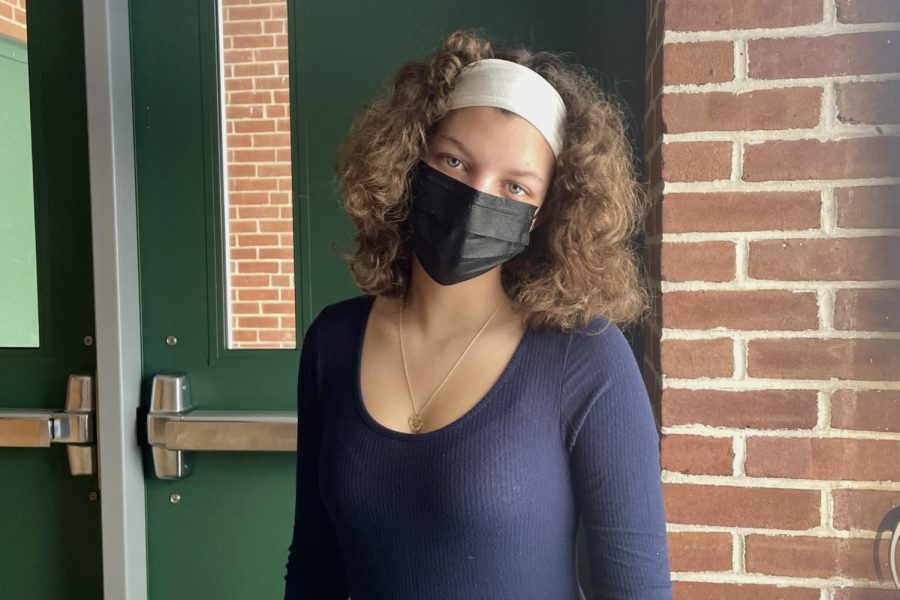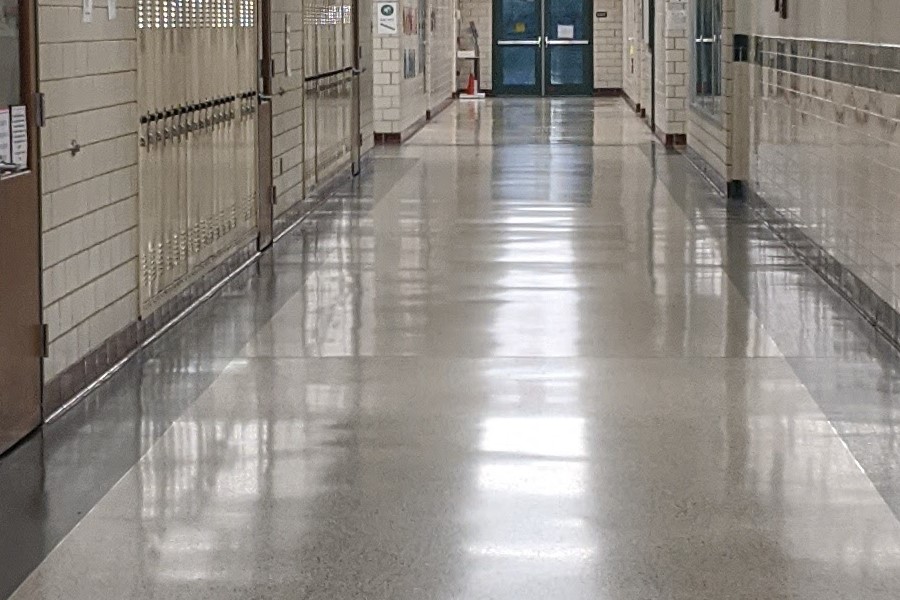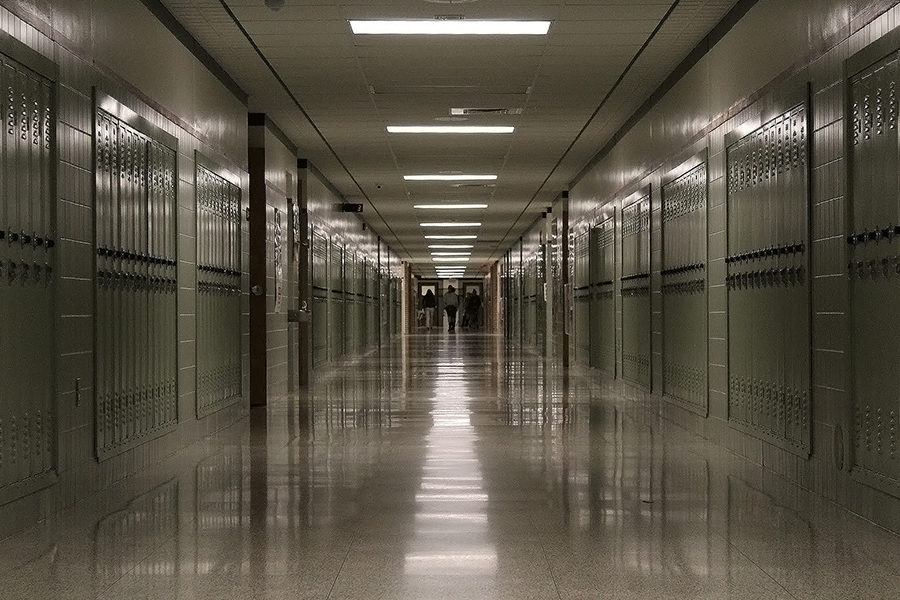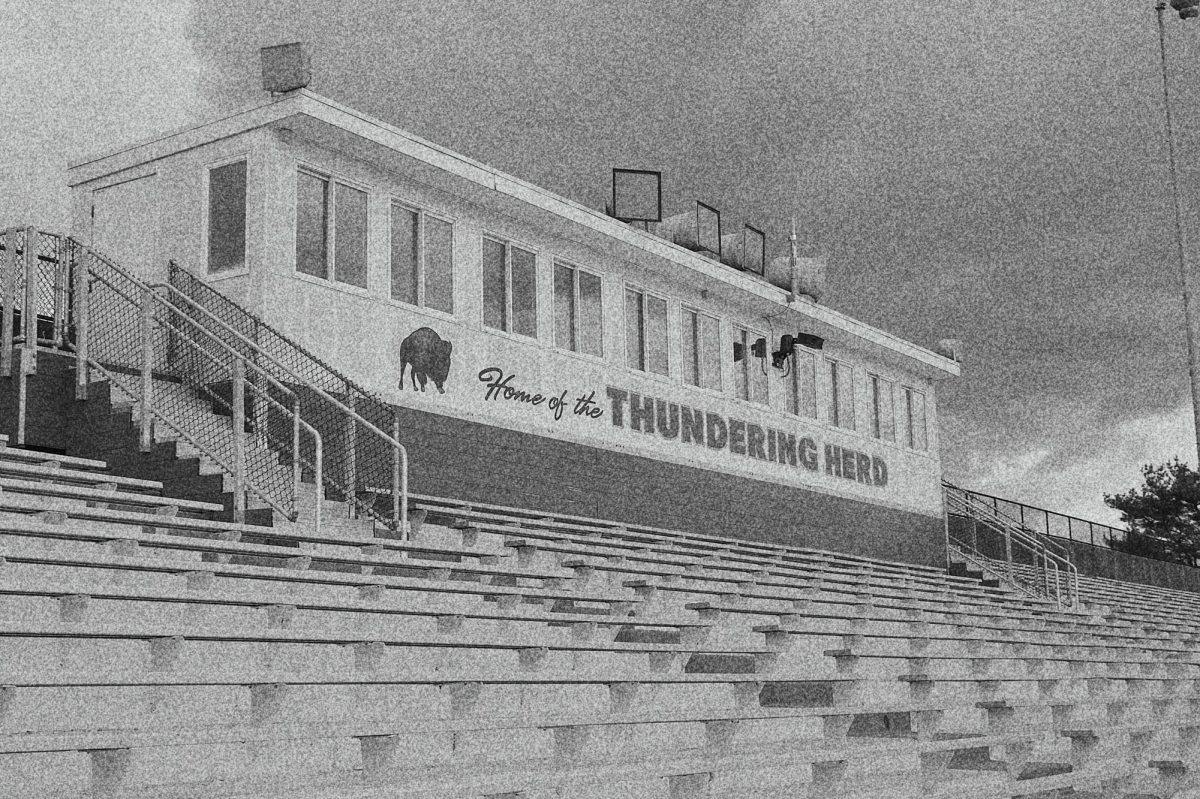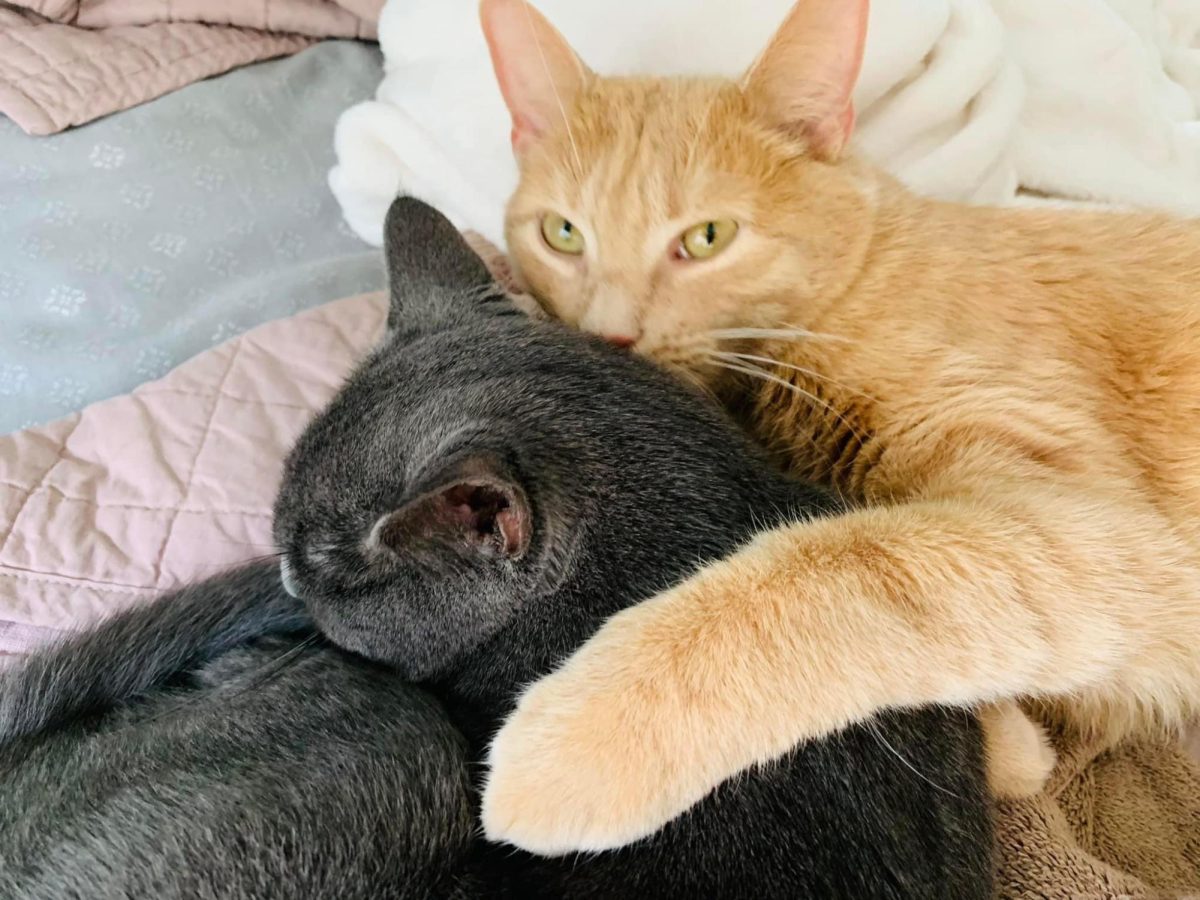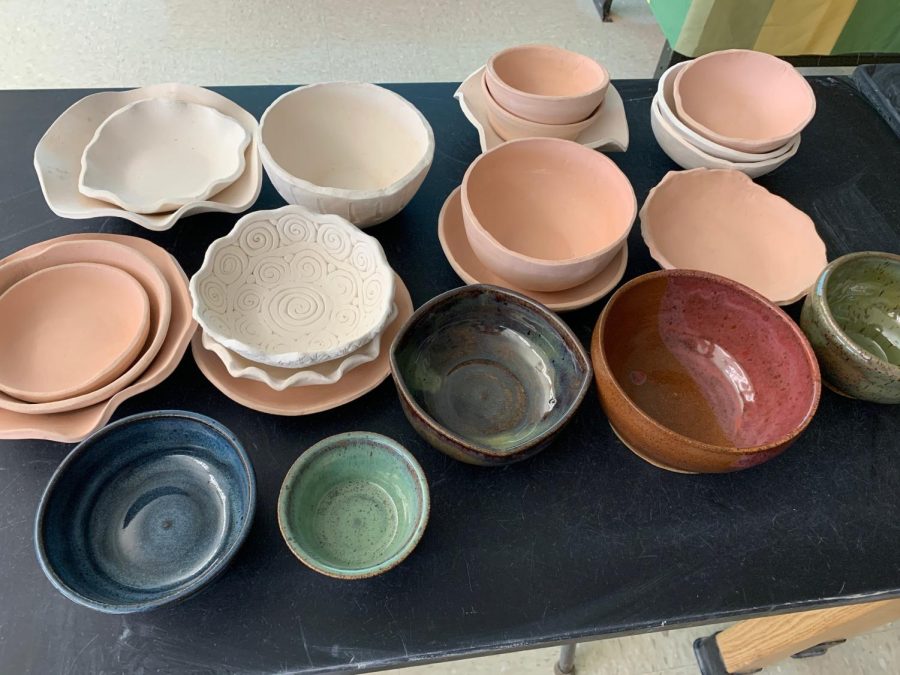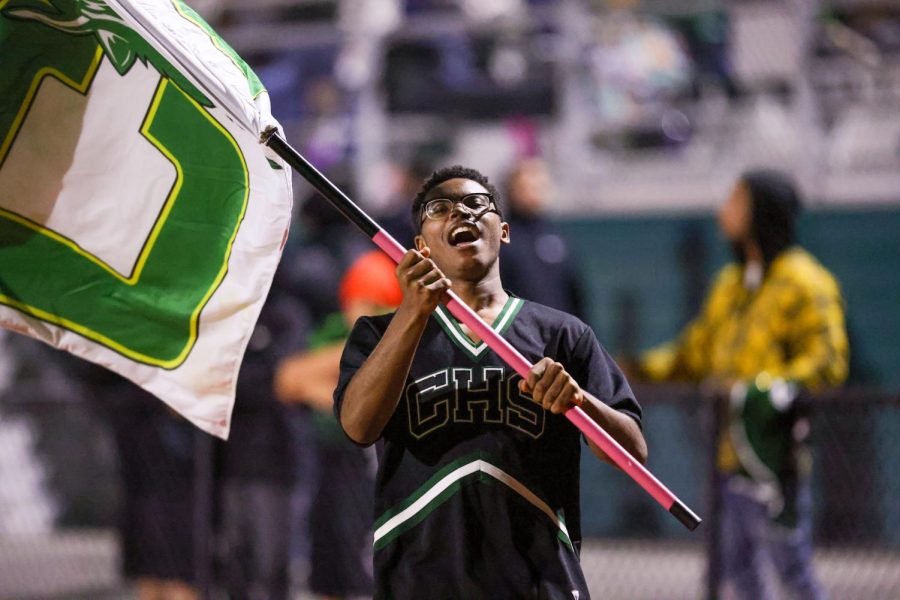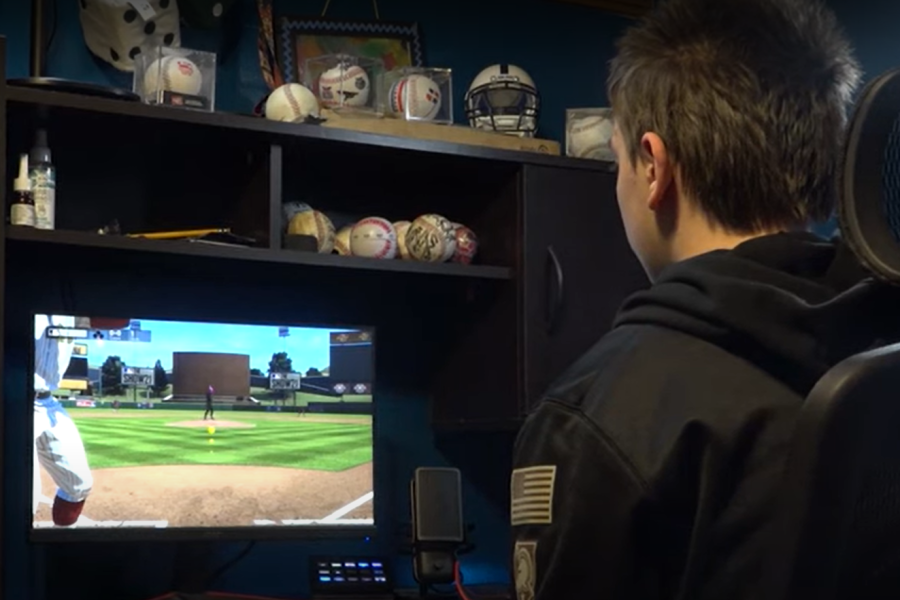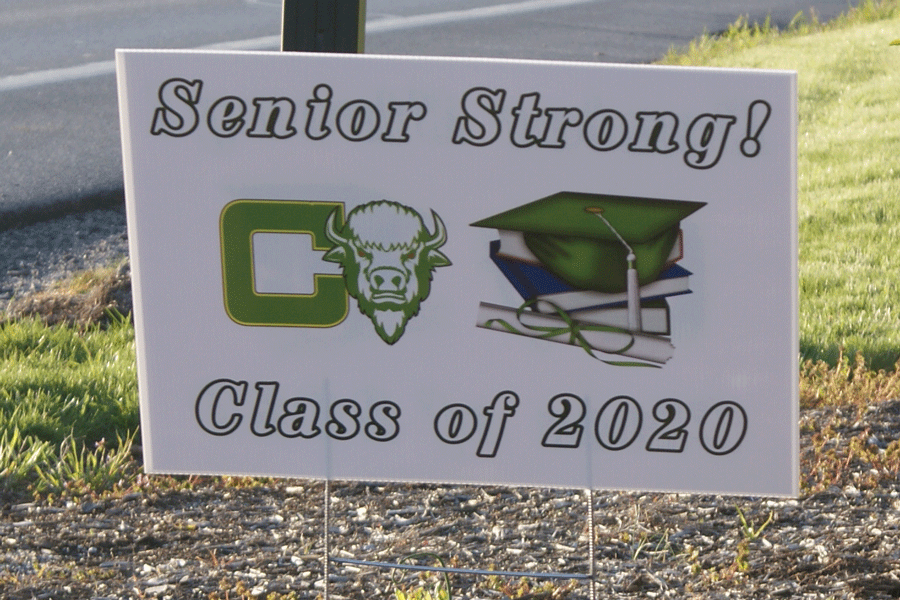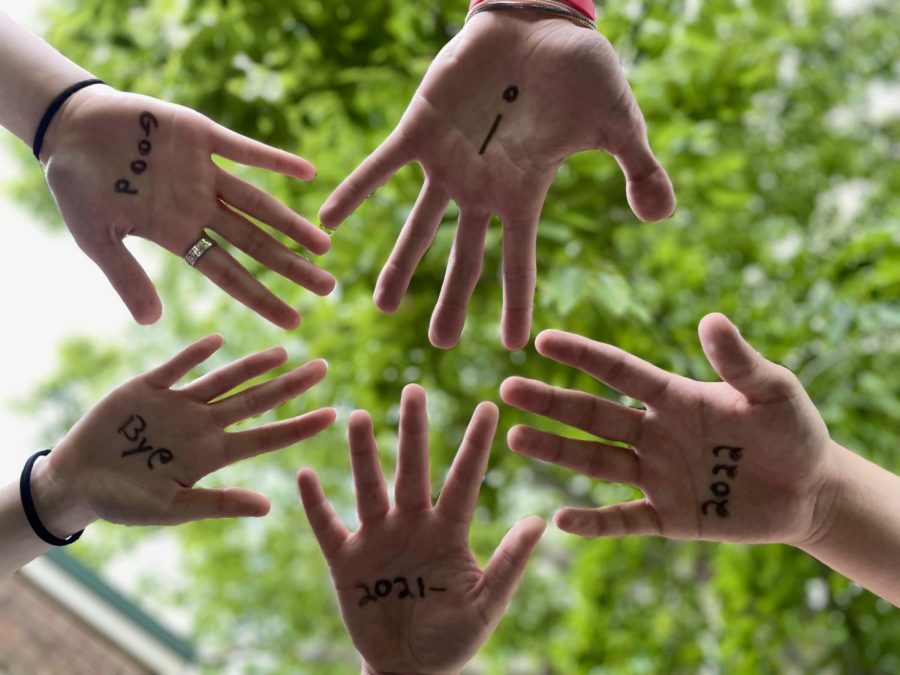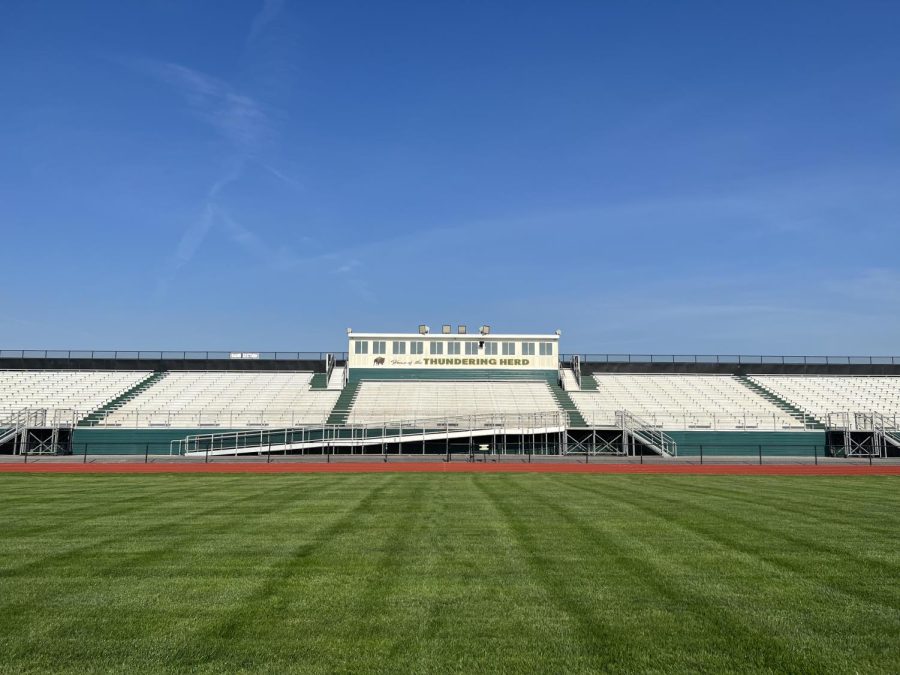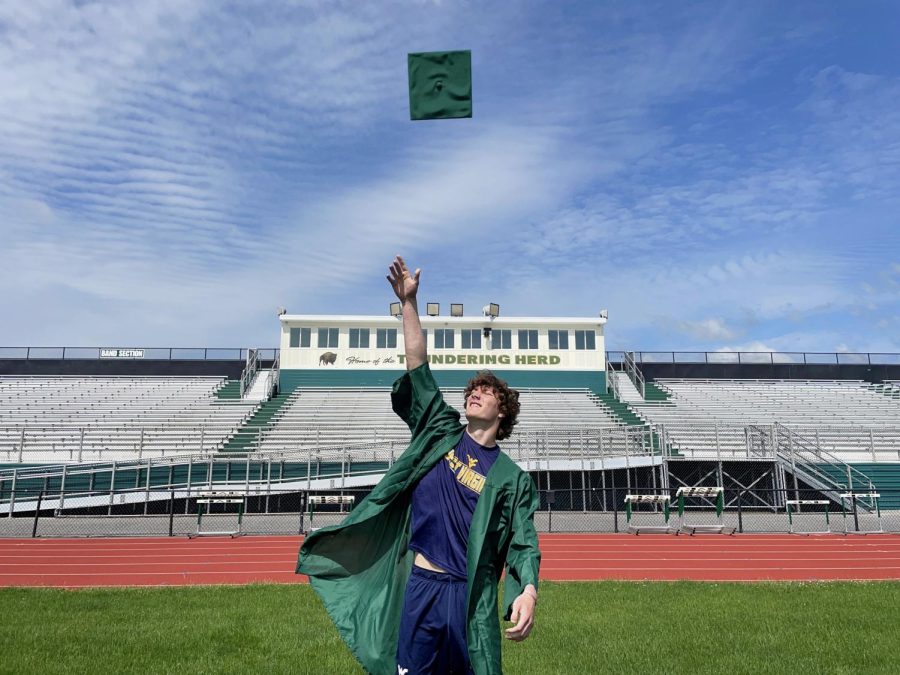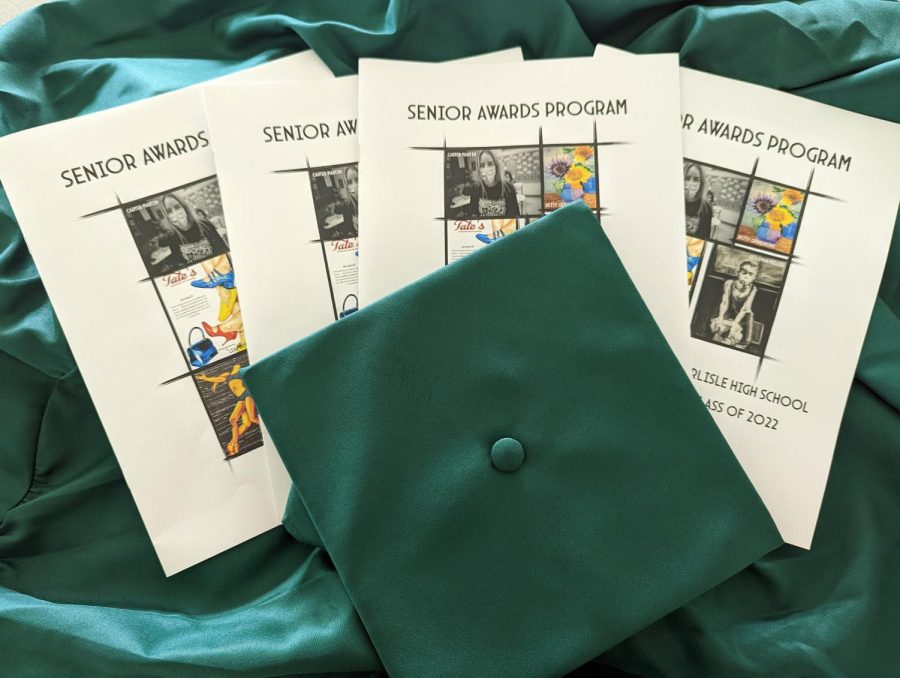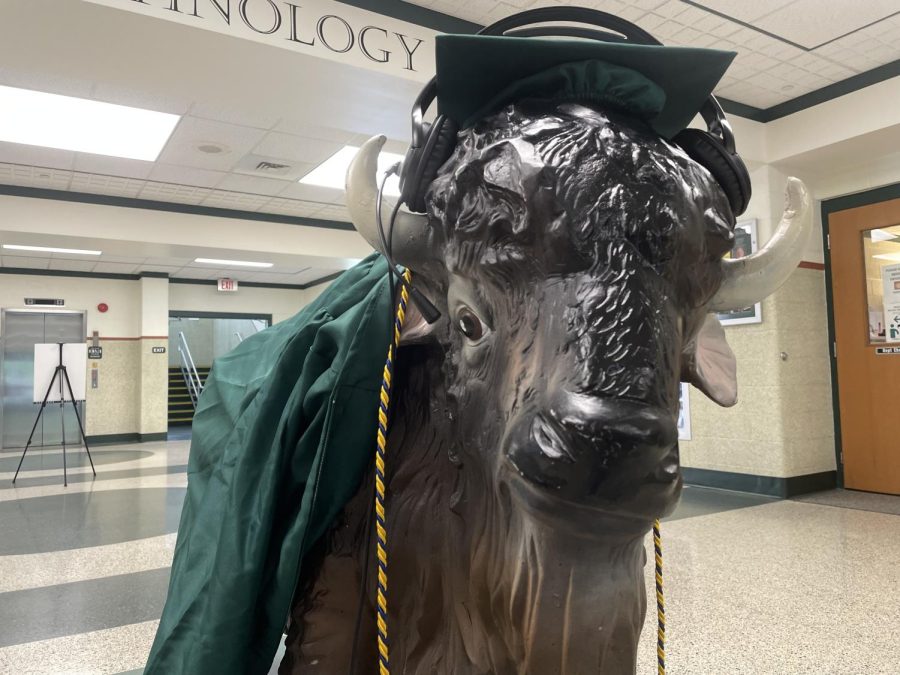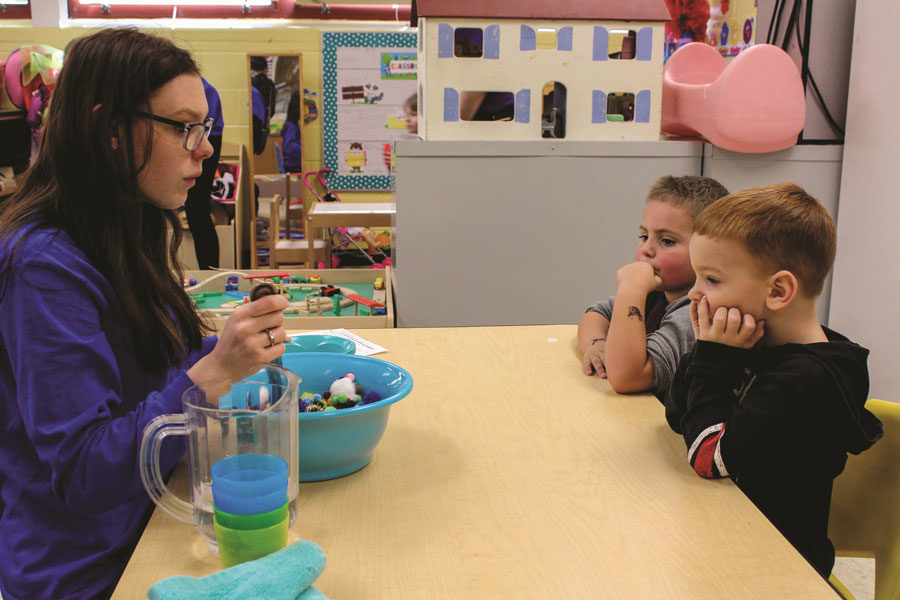The gender divide: Why are some classes not evenly represented? (Editorial)
Senior Tessa Paulus teaches little kids in the Early Childhood Development Program. This program has a history of only having female students enrolled, despite the need for male teachers in the field of education.
Traditionally, there has been a lack of gender diversity in certain types of classes such as the arts, mathematics, and sciences. These ratios have stayed the same for a long time, this presumingly because of gender stereotyping and standards. This is the truth for many schools, including our own.
Take the Drawing and Painting 1 class at CHS, for example. The class only has two participating male students in it while the rest are female. Since art can be perceived as a feminine class, some male students are uncomfortable taking part in the art classes.
“Because of the masculinity standard, art is thought of as a feminine activity,” said Coleman Miller, a freshman and one of the participating males in the class. “I really like art, it is an important creative outlet that I think other guys should try.”
Many students in the class believe that art doesn’t have a dominating gender and anyone should join if they wanted to, pushing aside the stereotypes.
“The cool thing about art is that it is a universal language,” said John Holtzman, the Drawing and Painting 1 teacher. “It doesn’t matter who you are or where you come from; anyone can create art.”
The Early Childhood Development Program is another instance where there is a stereotype that it is more of a female-based class and male students shouldn’t participate. However, this statement is extremely false, according to Early Childhood Development teacher, Karen Dumas.
“I would love to have male students because male students make great teachers,” said Dumas. “Males have this ability to connect with children and are willing to be silly and get down on their level that some females are more hesitant to do that.”
Currently, the Early Childhood Development Program only has female students but male students are allowed and encouraged to join.
“Males should take it so they can get that experience if they want to go into teaching,” said Dumas.
The AP Computer Science A class, on the other hand, has more male students participating than females. Many advanced science and math classes lack female students but teachers and students are trying to change that.
“The ratio in my two computer science classes is about 4:1 male to female,” said Jeffery McMahon, the AP Computer Science A teacher. “Although we want to keep improving that, more girls have been in the class the last couple of years and it’s a positive sign.”
Gender diversity in classrooms is an issue that needs to be addressed. Gender stereotypes and standards affect people’s passions and future career decisions. It is important that students keep in mind that they should pursue whatever field or class they wish, no matter their gender.
This story was originally published in our Fall 2018 magazine issue.
Disclaimer: Articles designated as “Editorial” represent the views and opinions of the author, not the 2018-2019 Periscope staff, CHS/CASD administration, or the CHS student body.
Want to help the Herd? Please consider supporting the Periscope program. Your donation will support the student journalists of CHS and allow us to purchase equipment, send students to workshops/camps, and cover our annual website hosting costs.

Skylar Bowers is currently a sophomore at CHS, and this is her second year on the staff of Periscope. She is the editor for Student Life this year. Skylar...

Michael Raphael is currently a freshman at Carlisle Area High School, and this is his first year on Periscope staff. He will write for various sections...

Carlin Diehl is currently a 9th-grade student at Carlisle High School. She is a first-year staff writer and Periscope student. She spends her free time...



